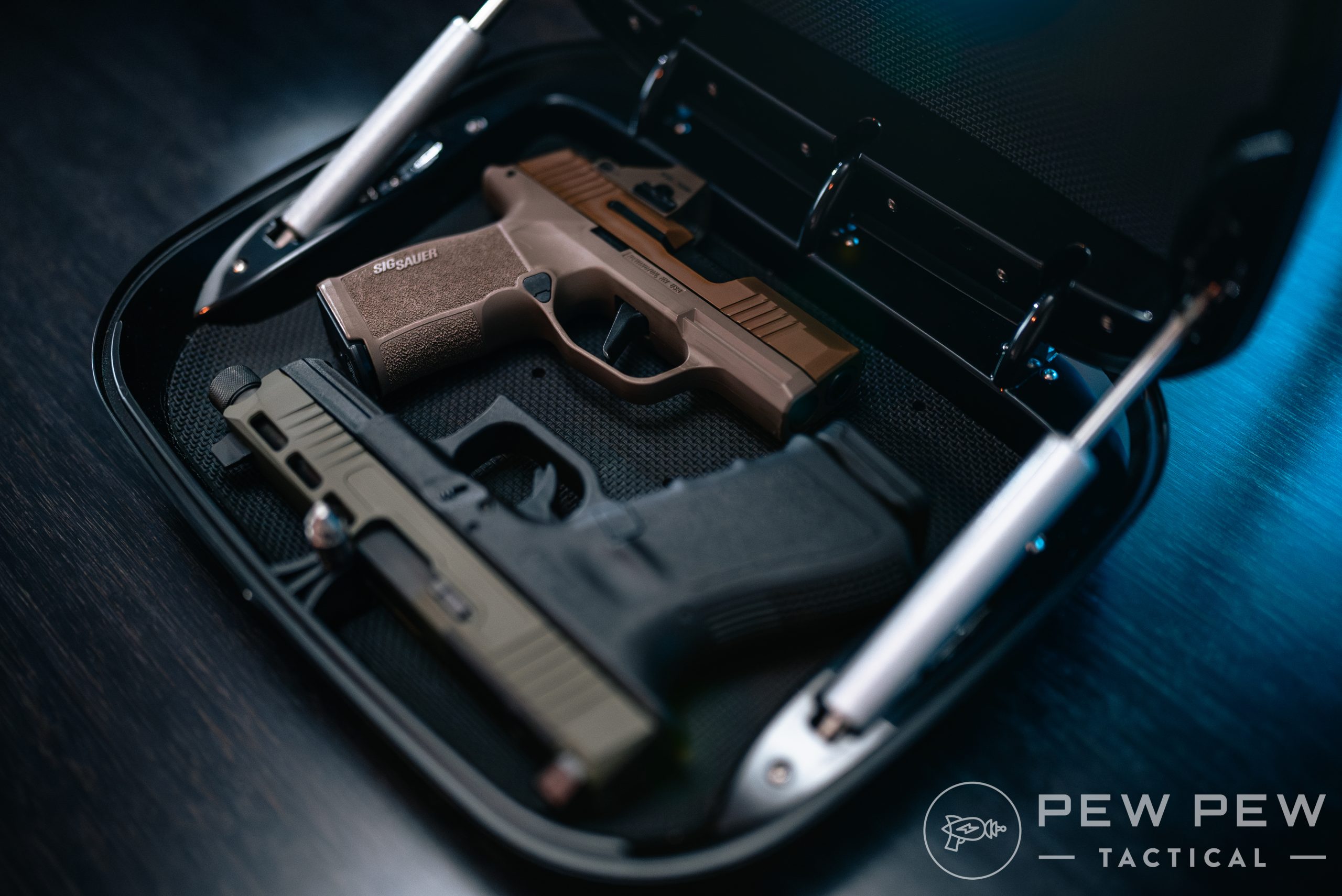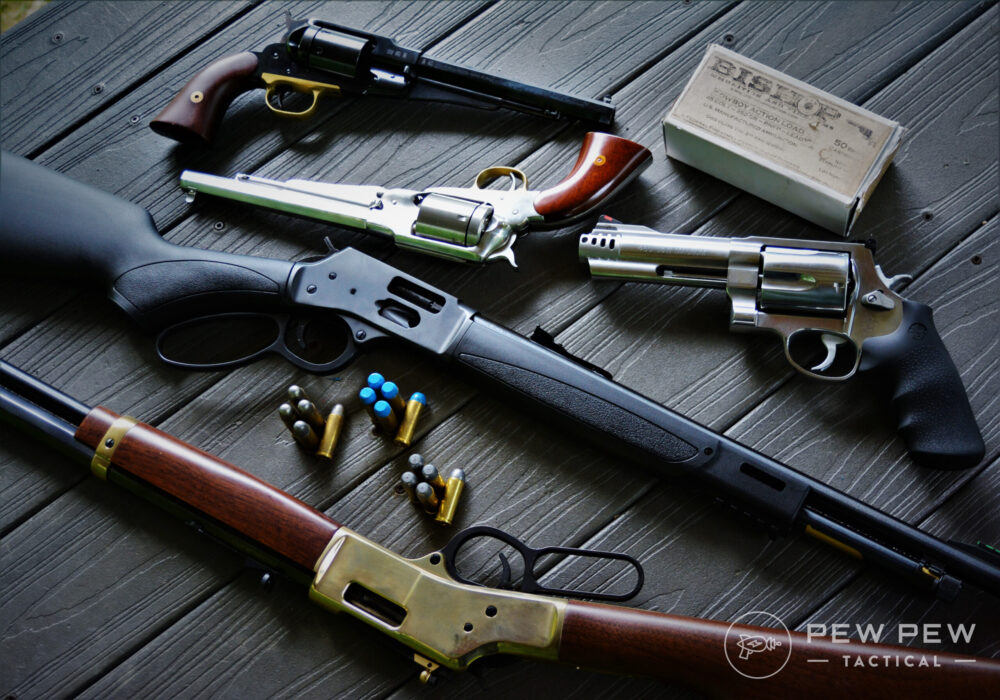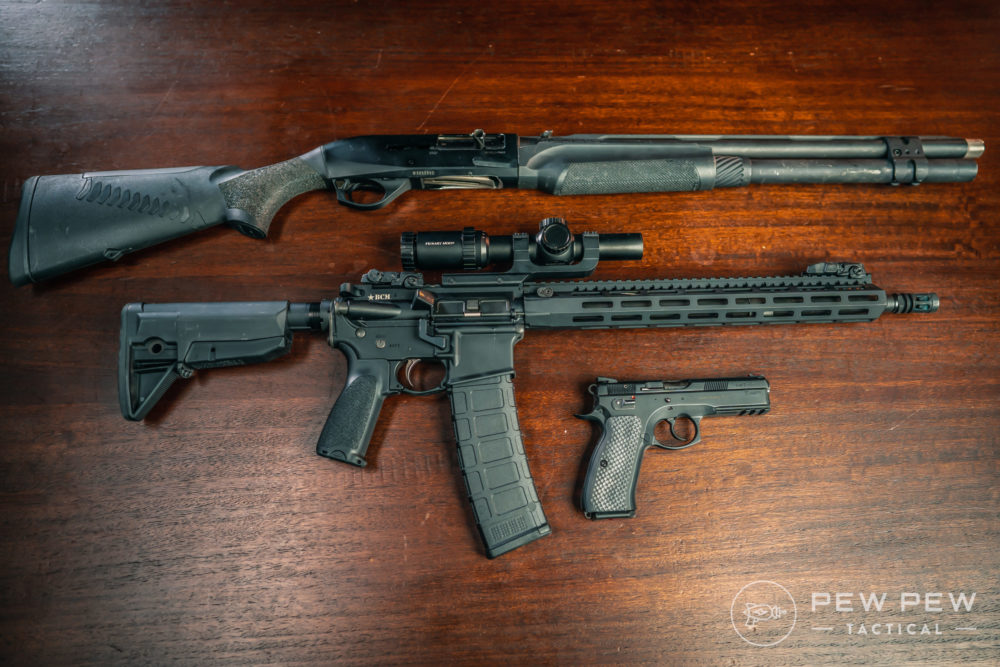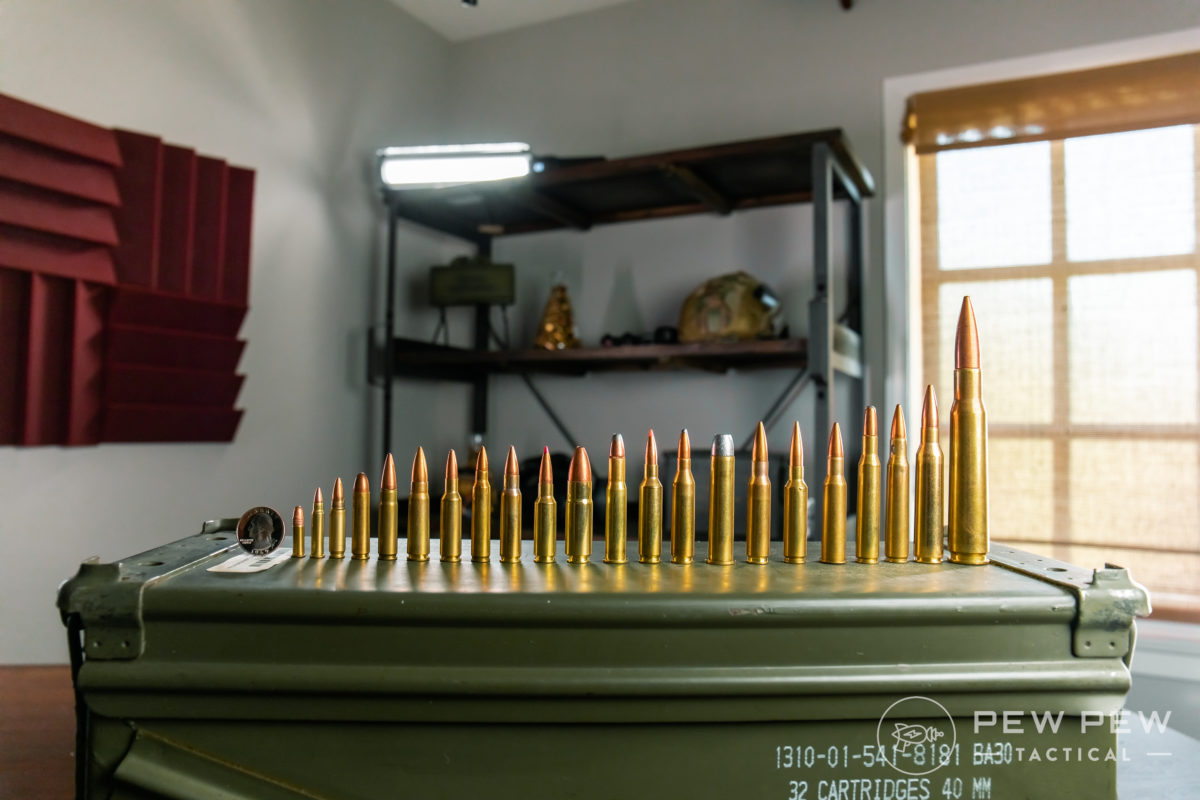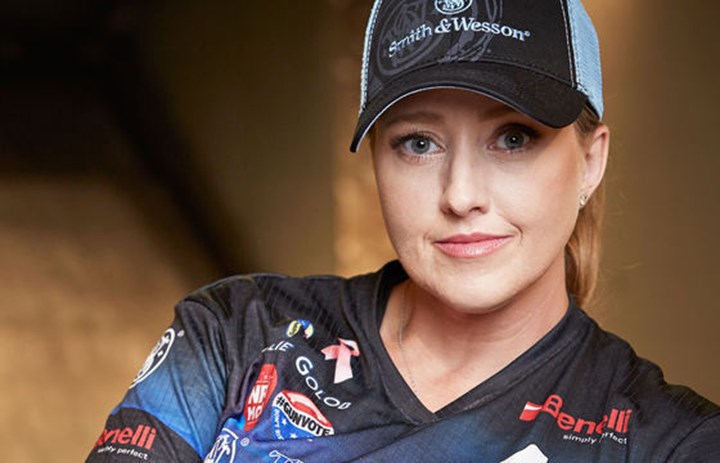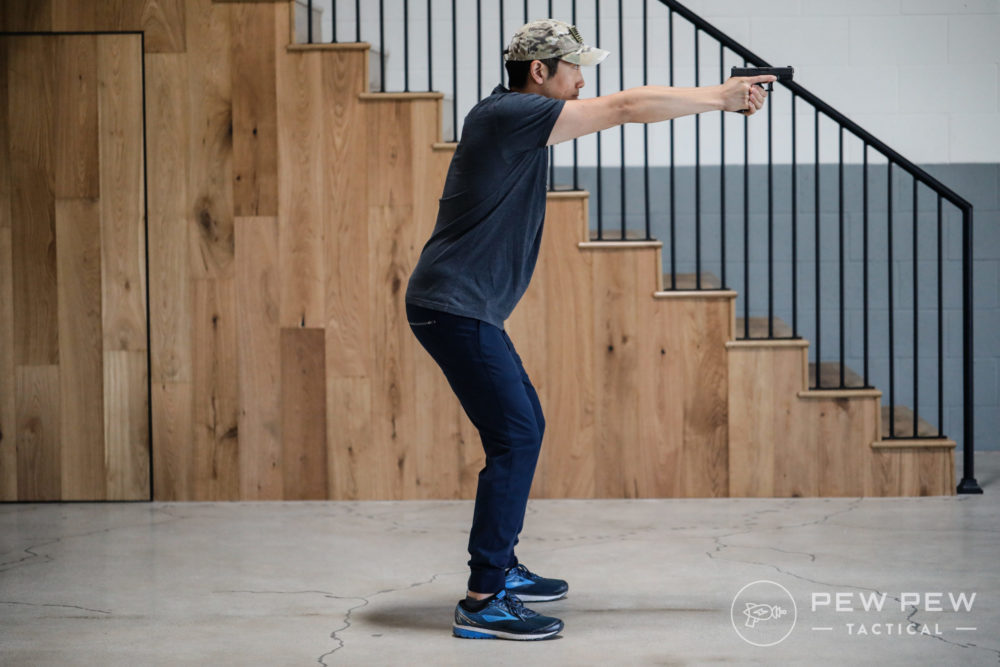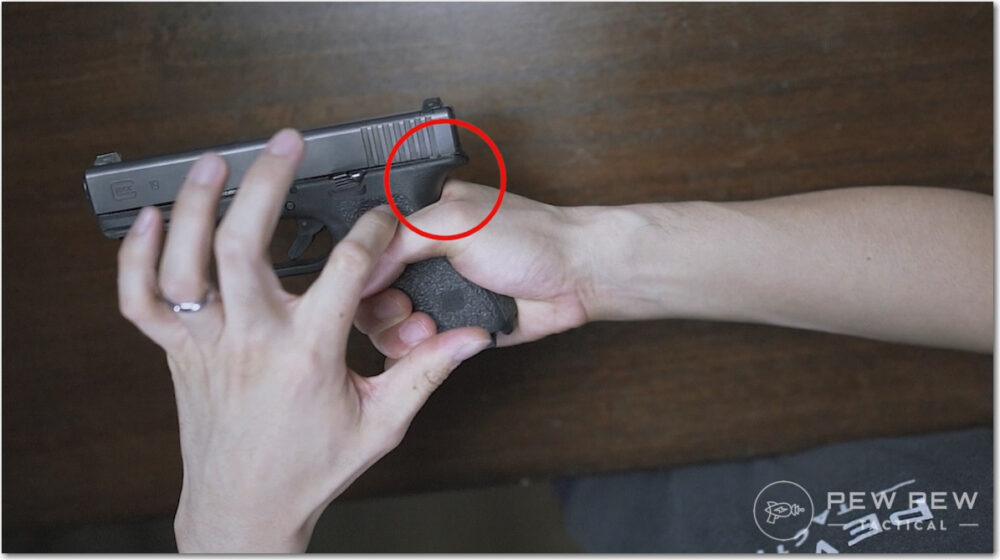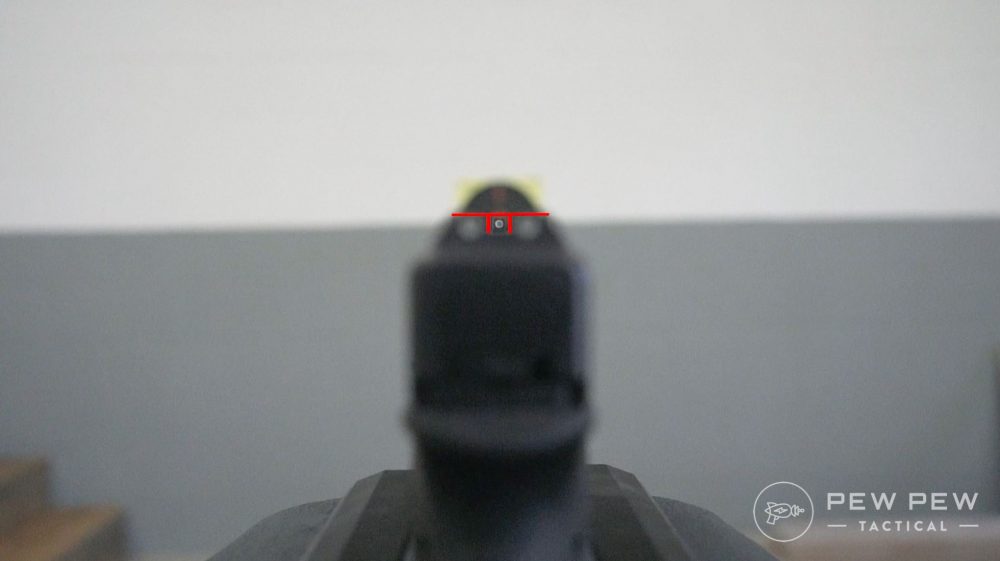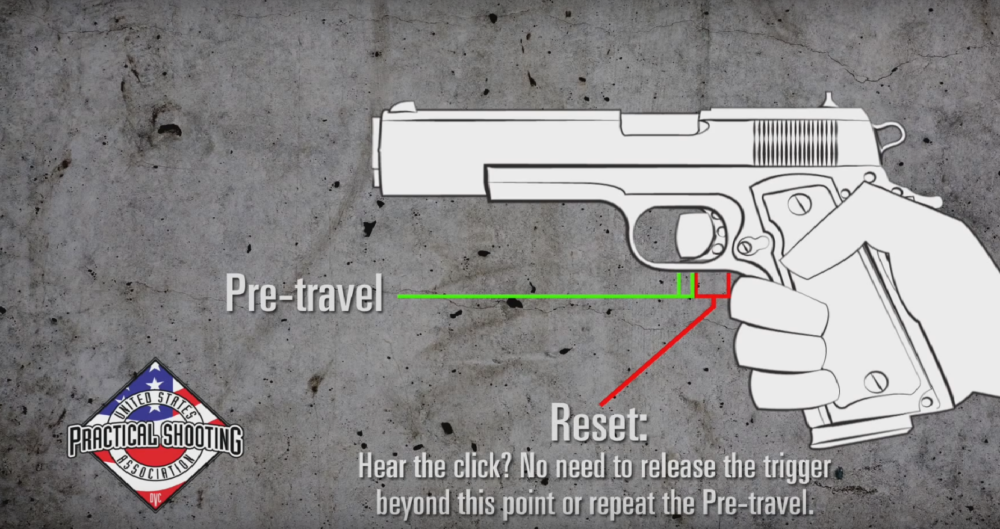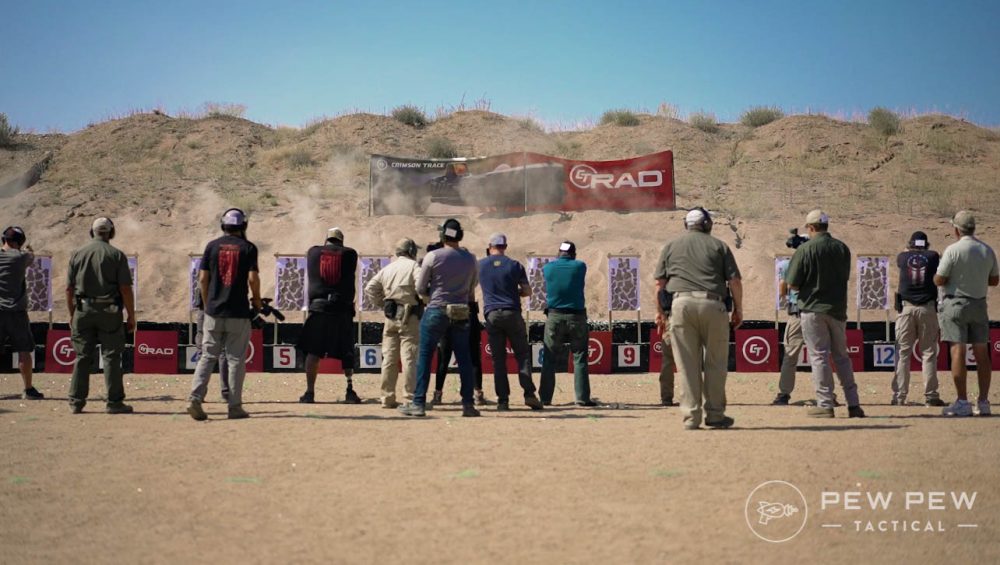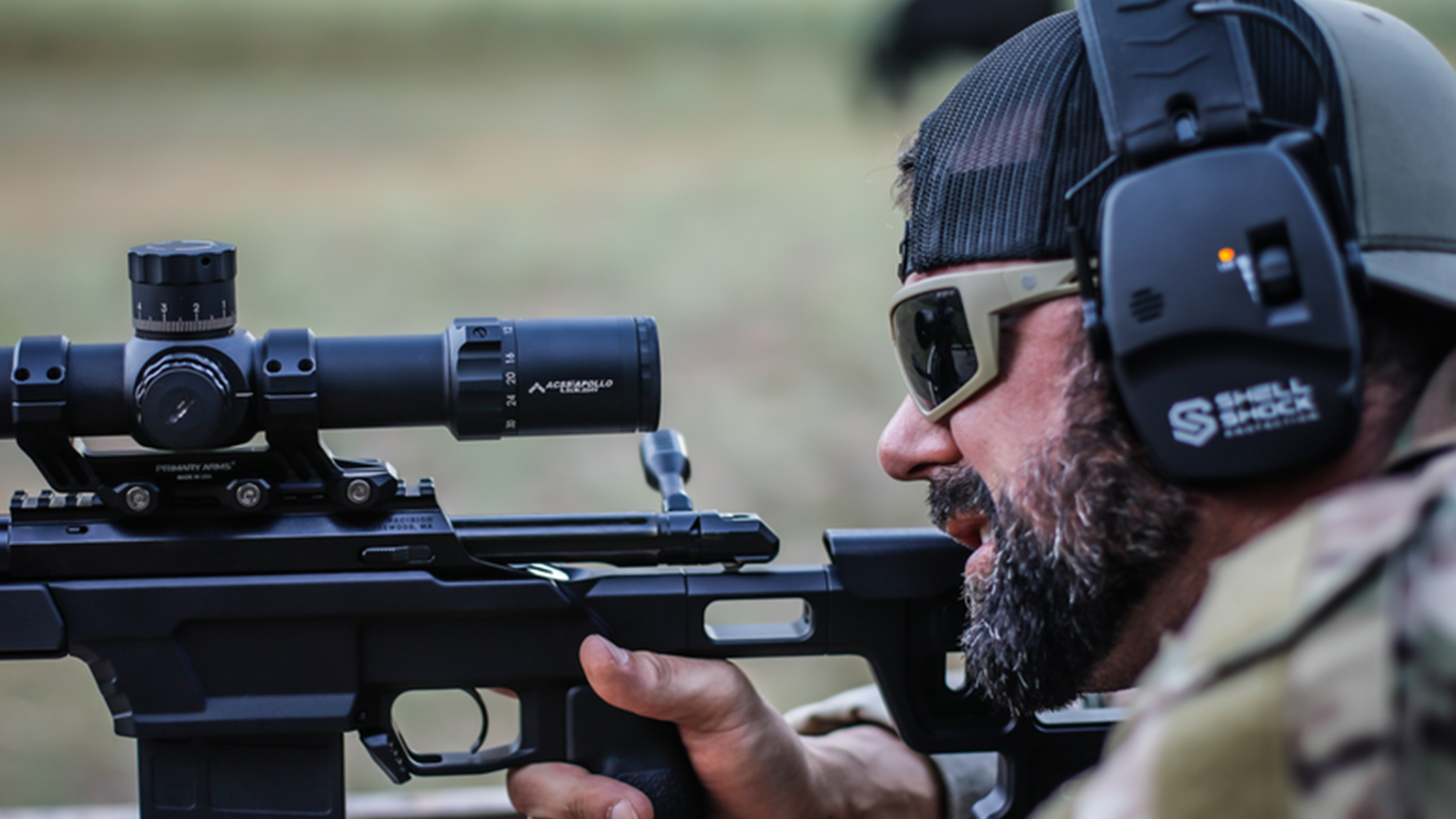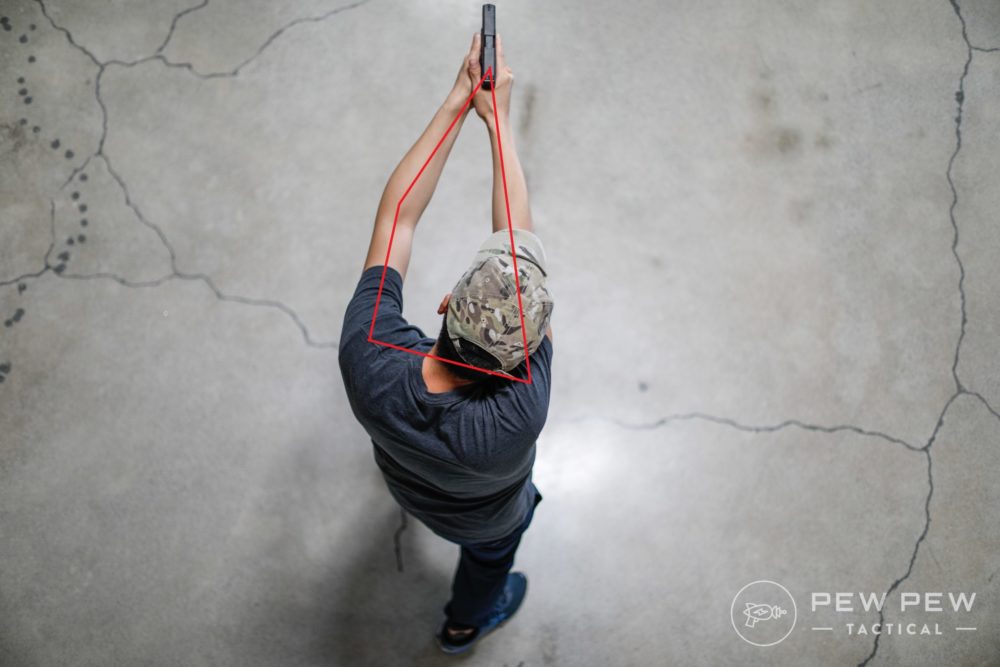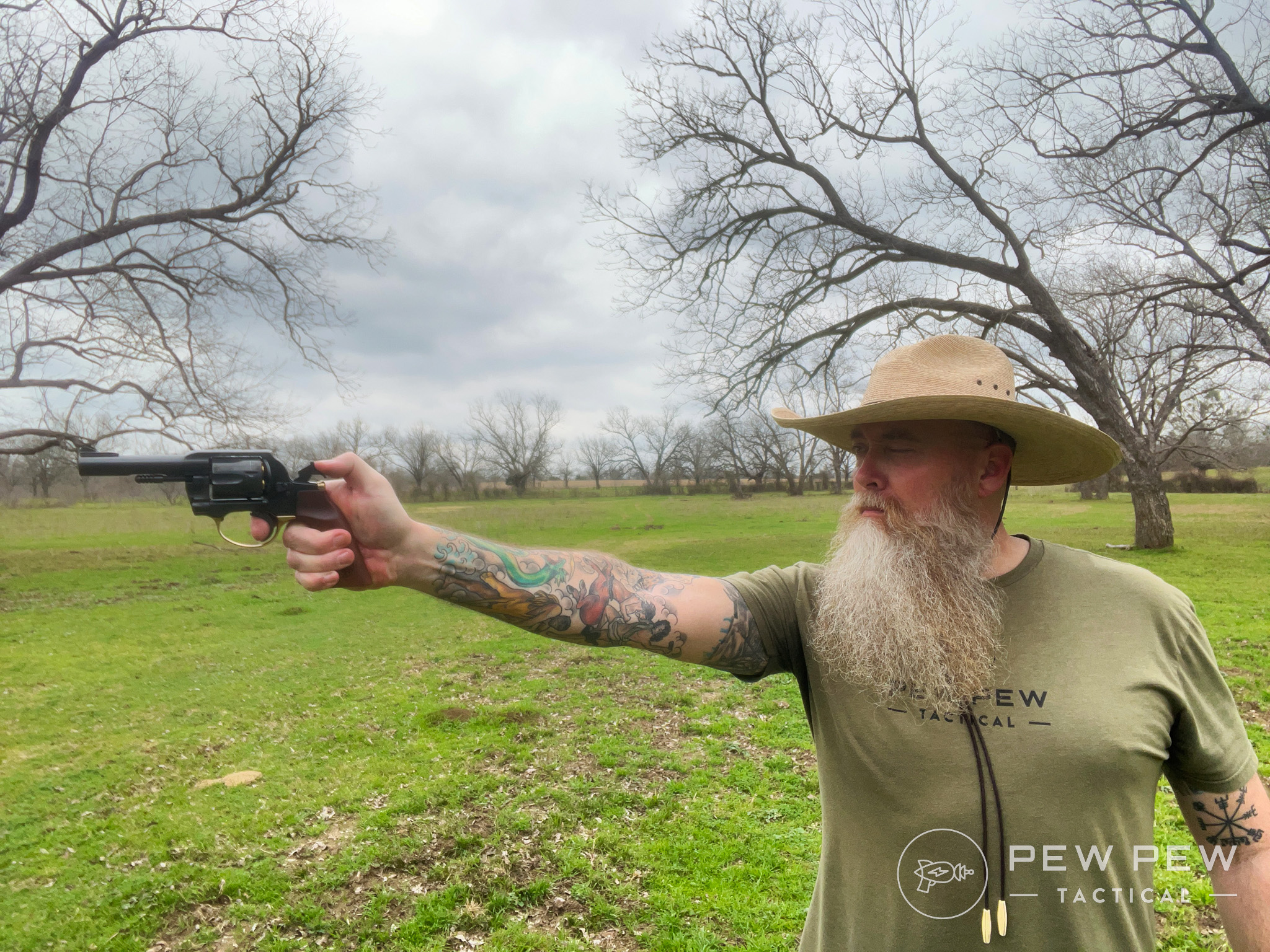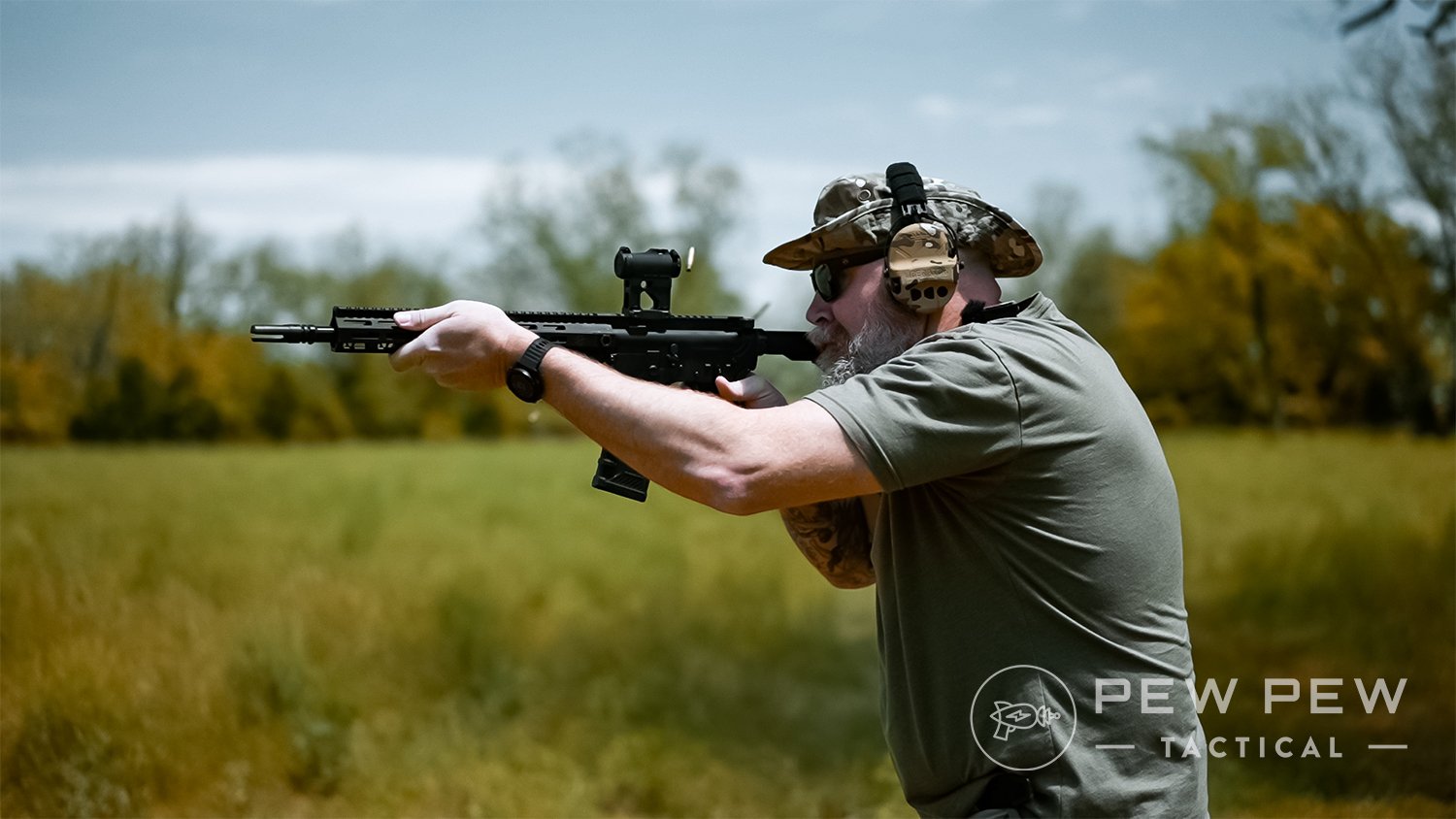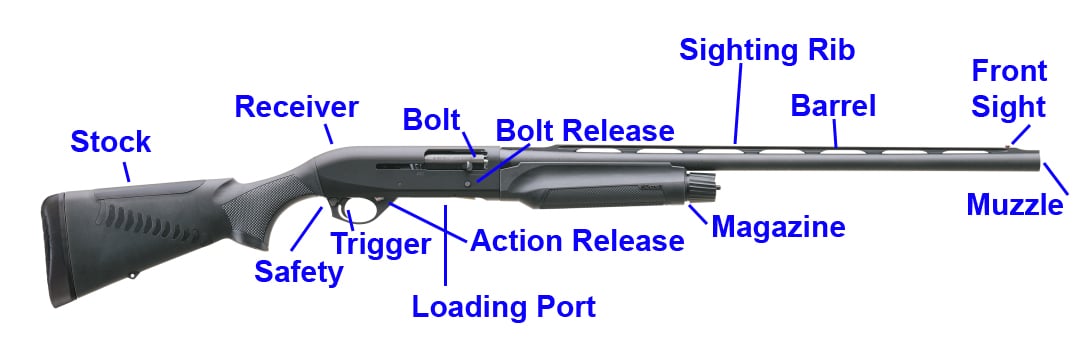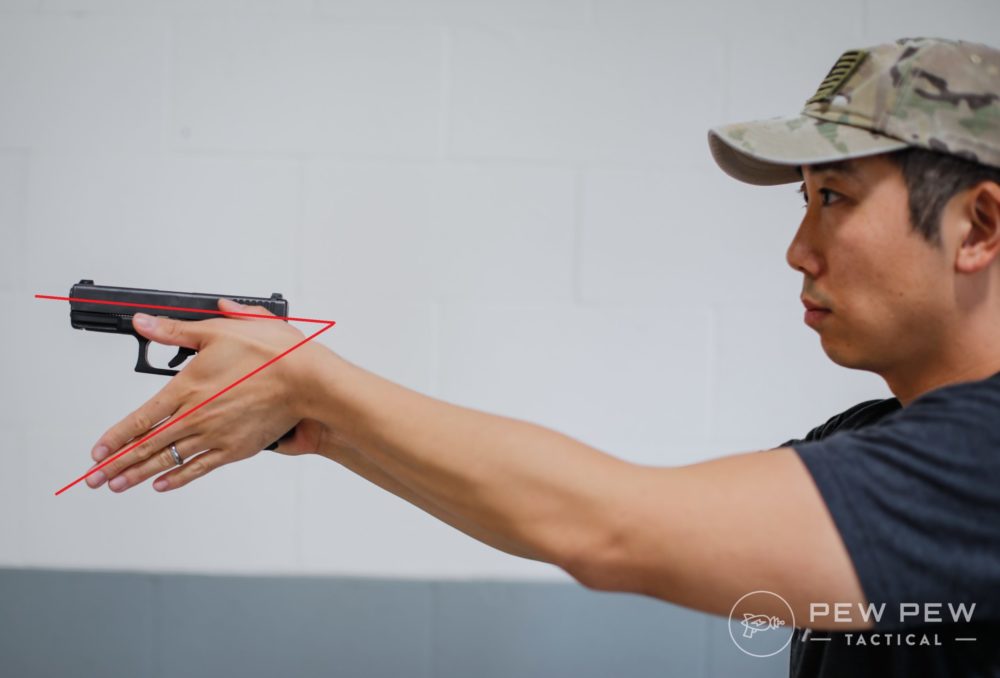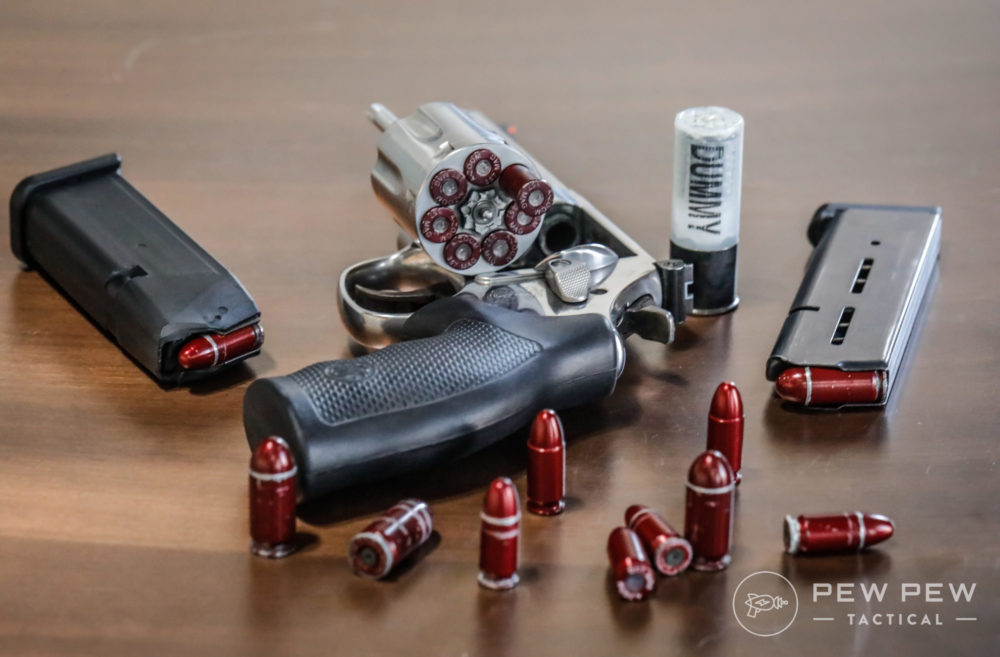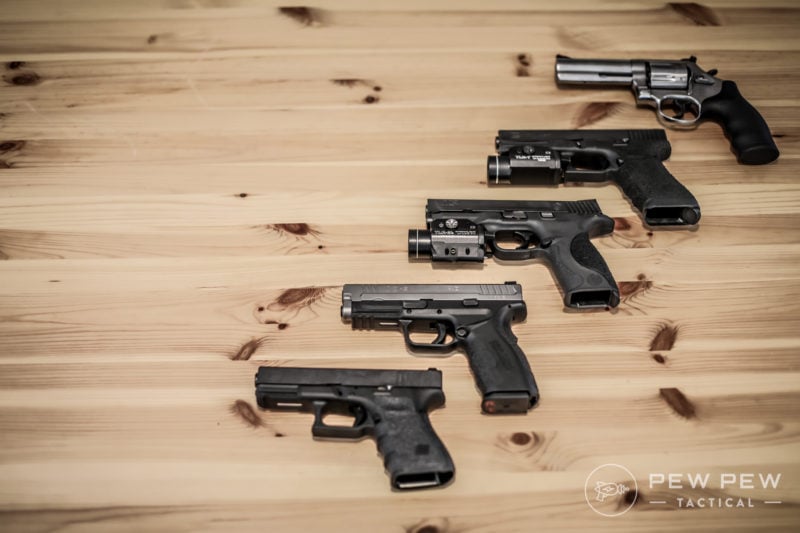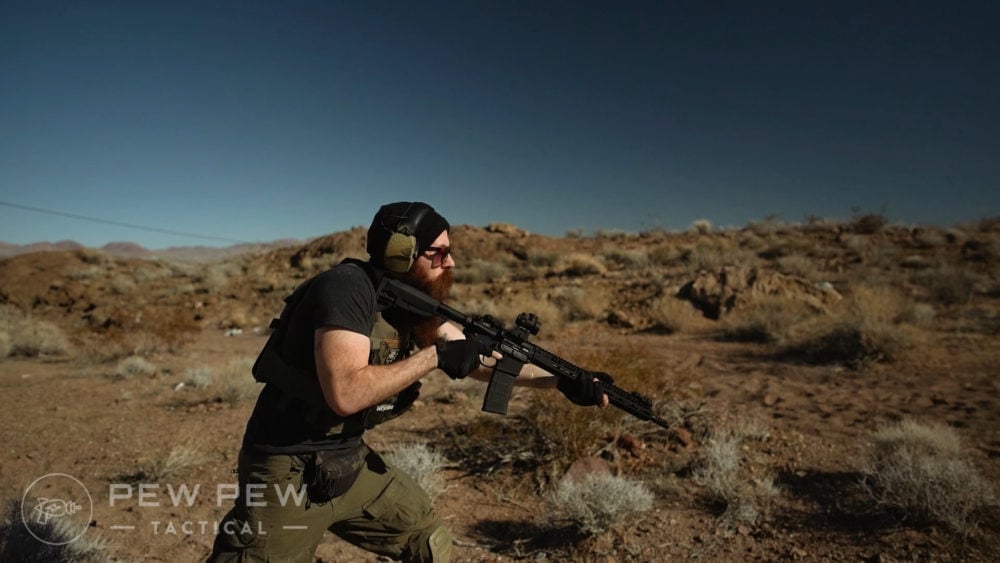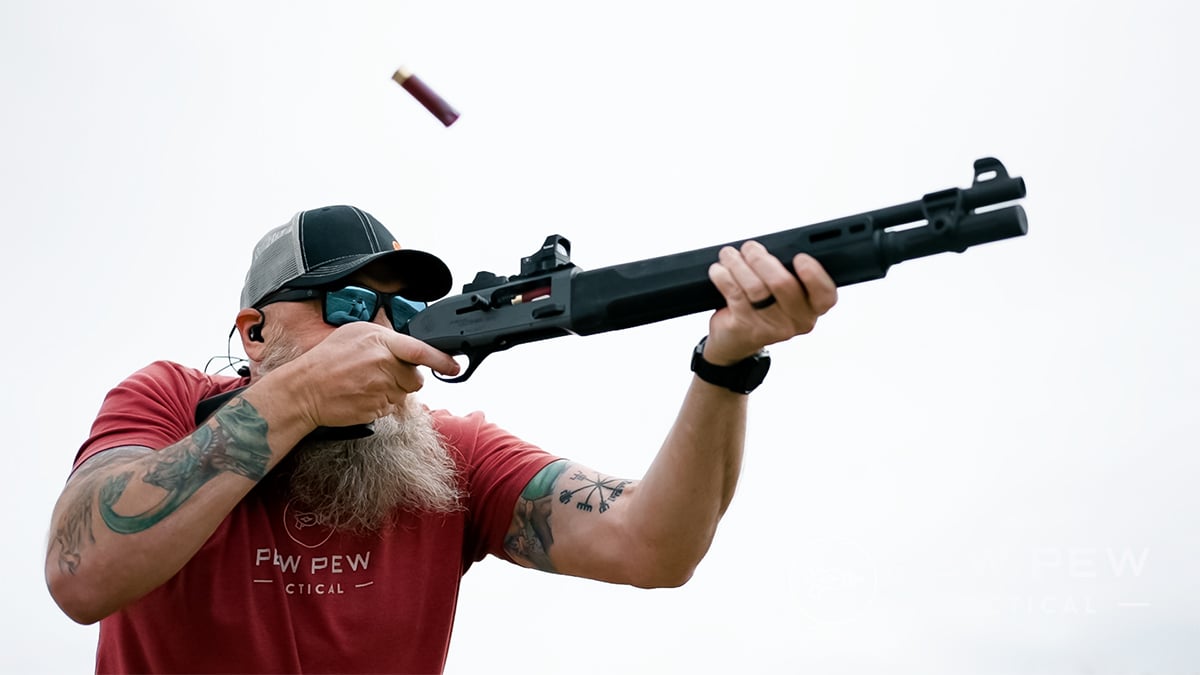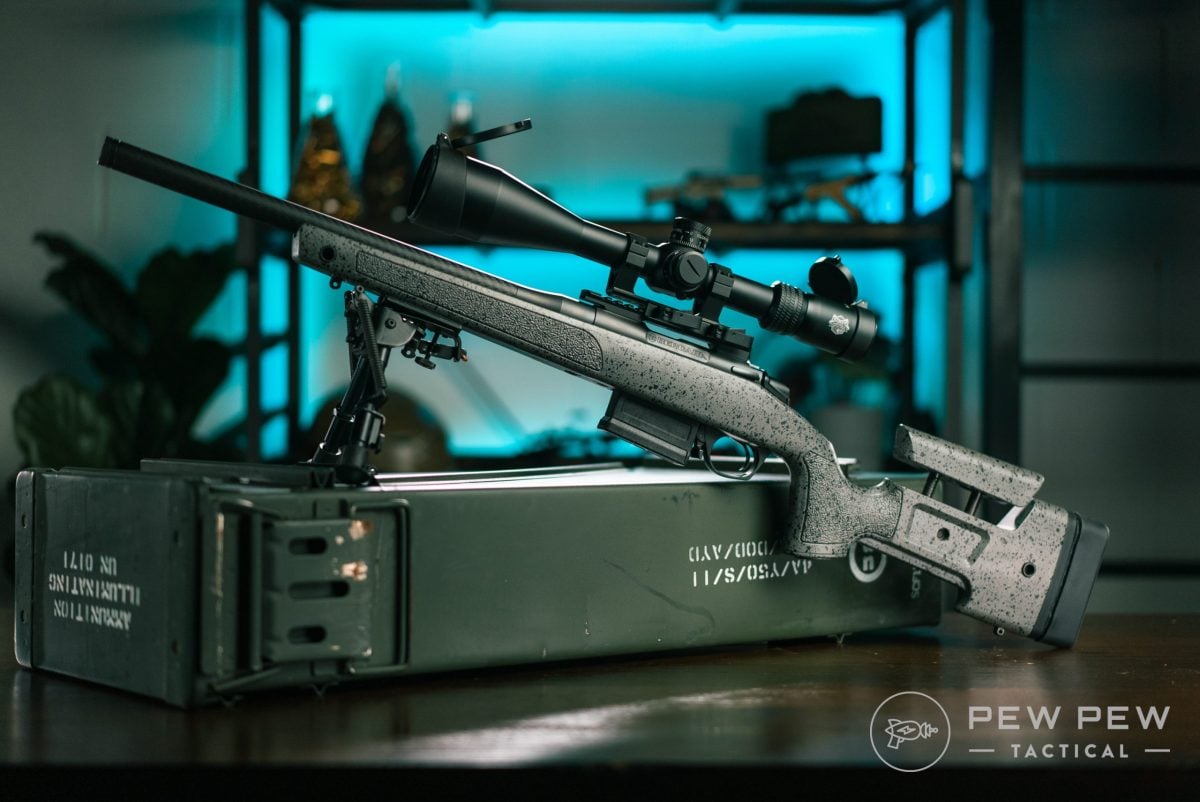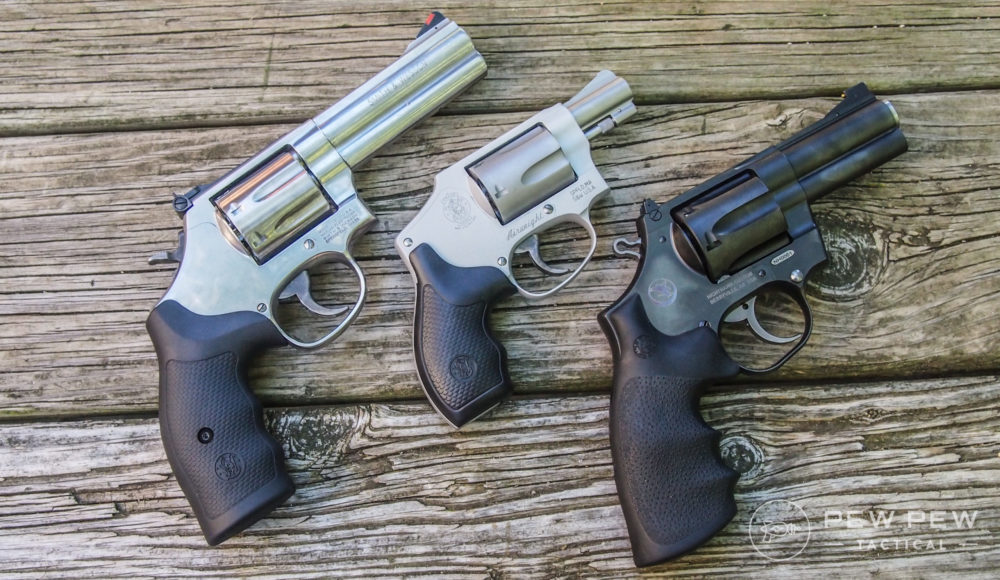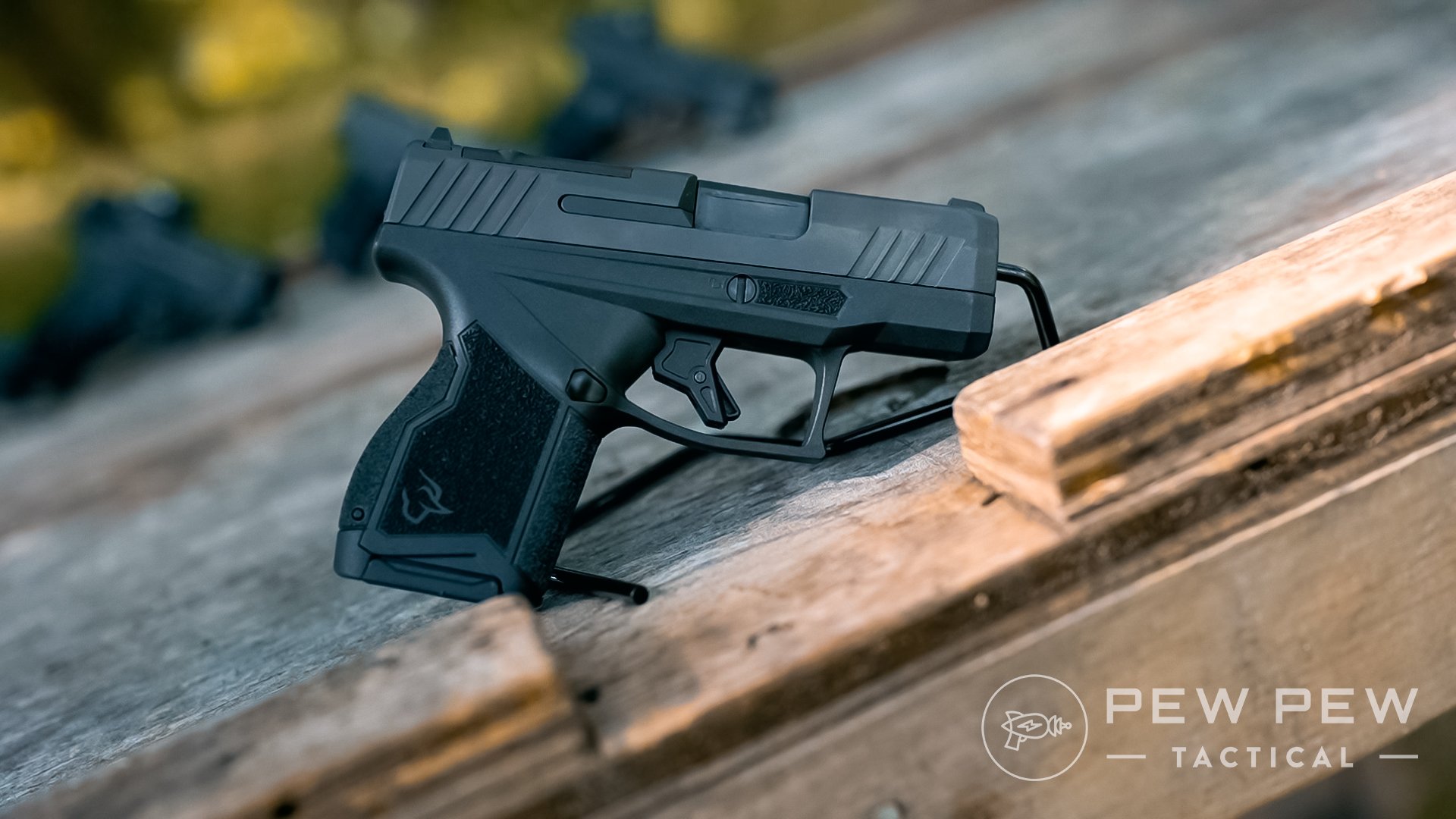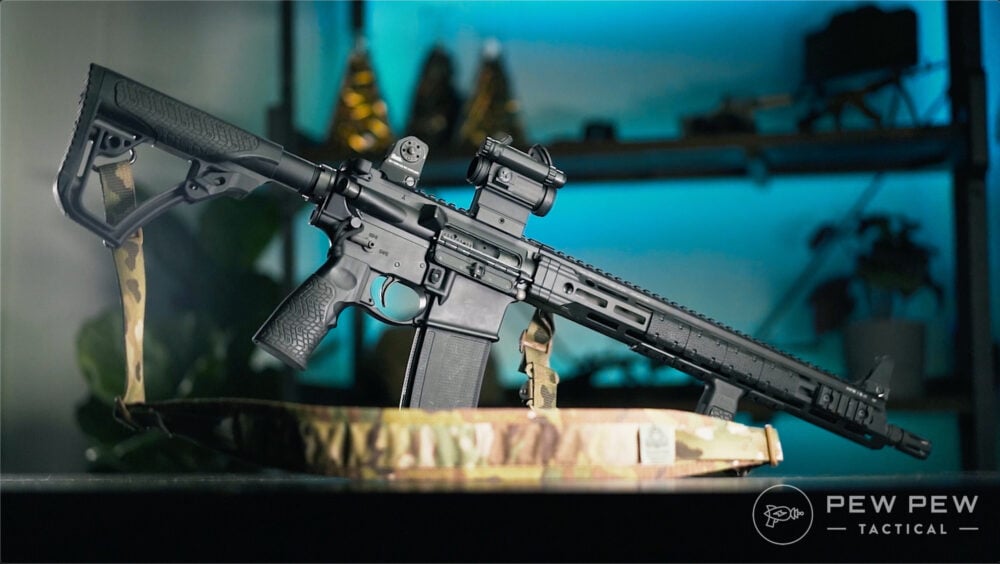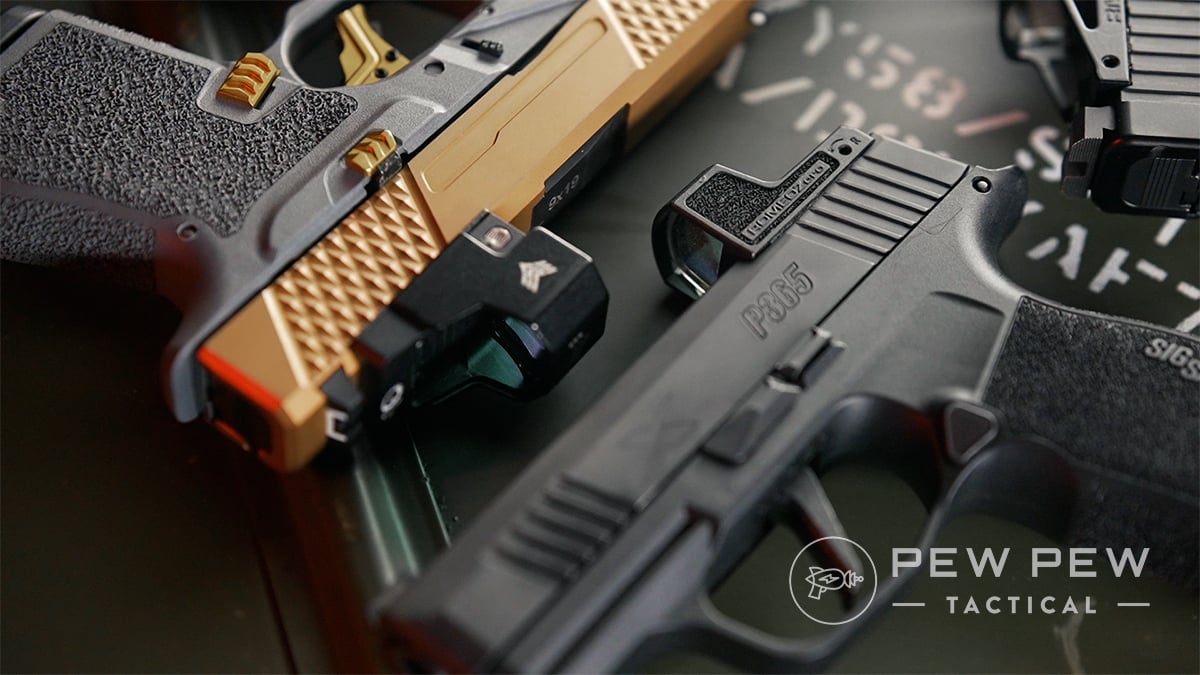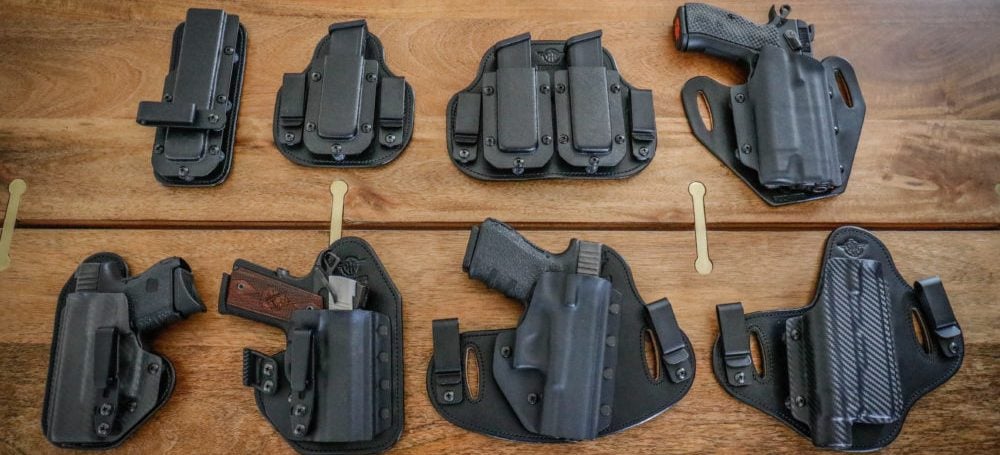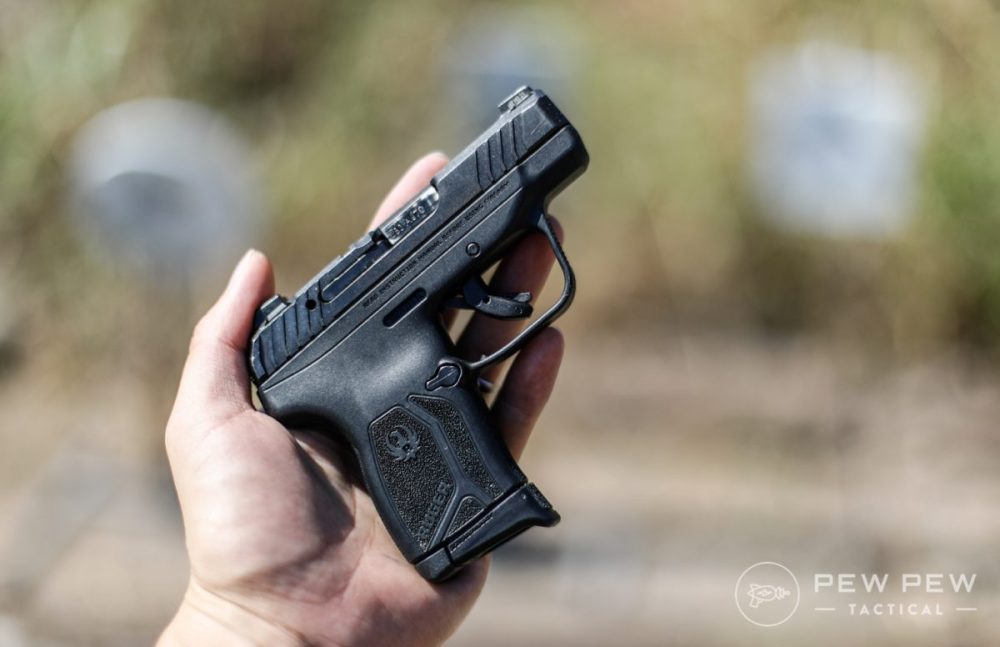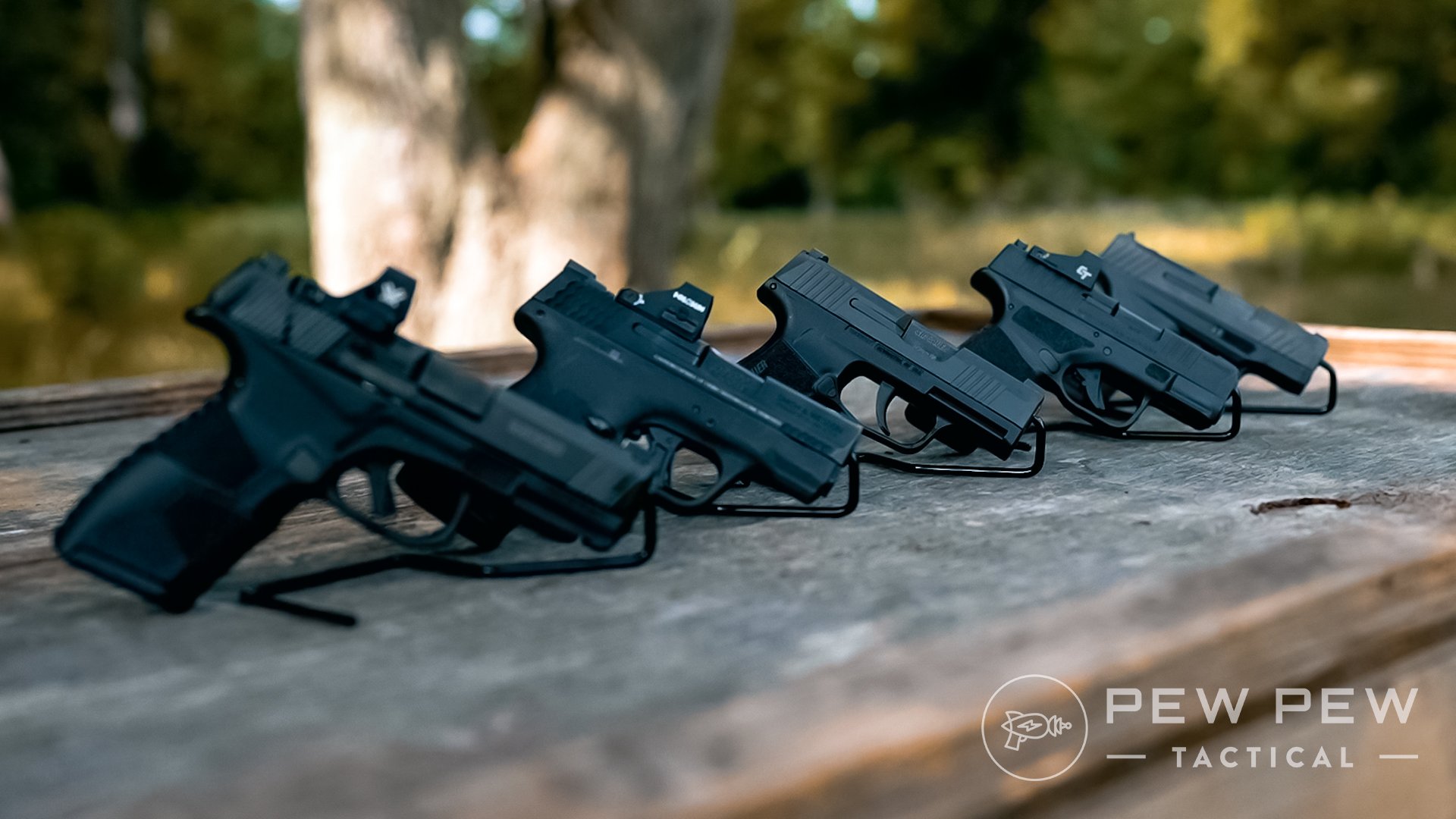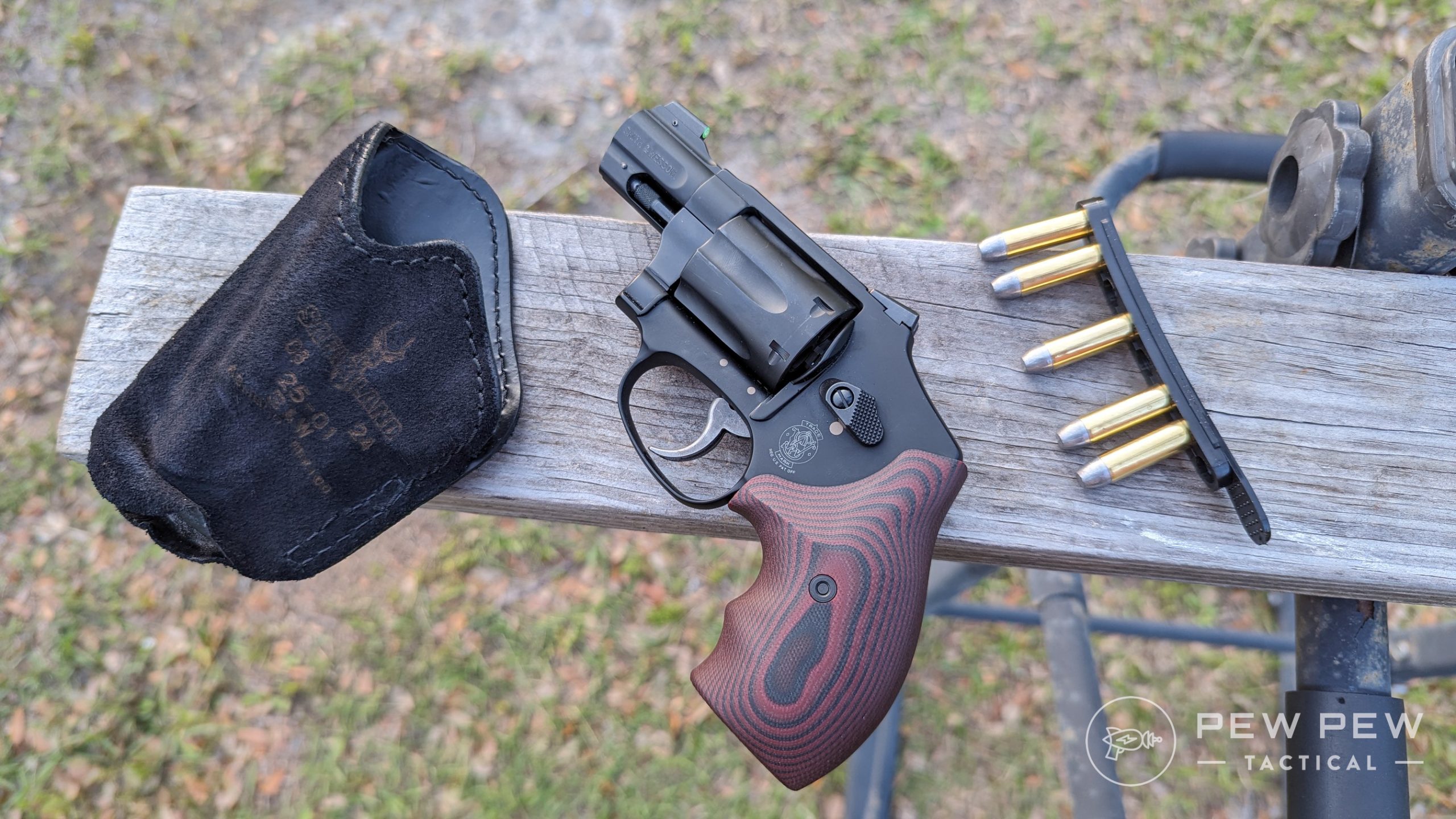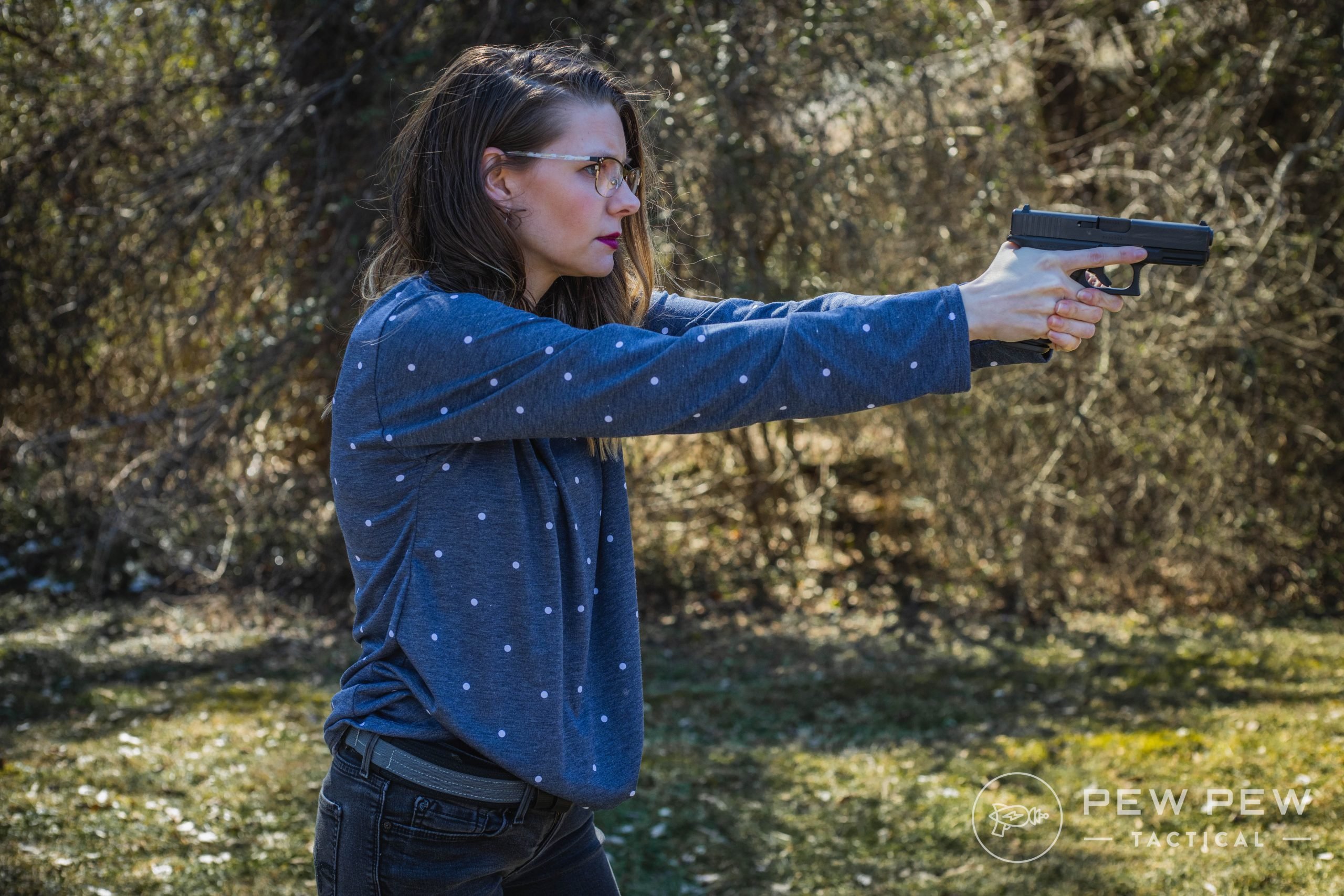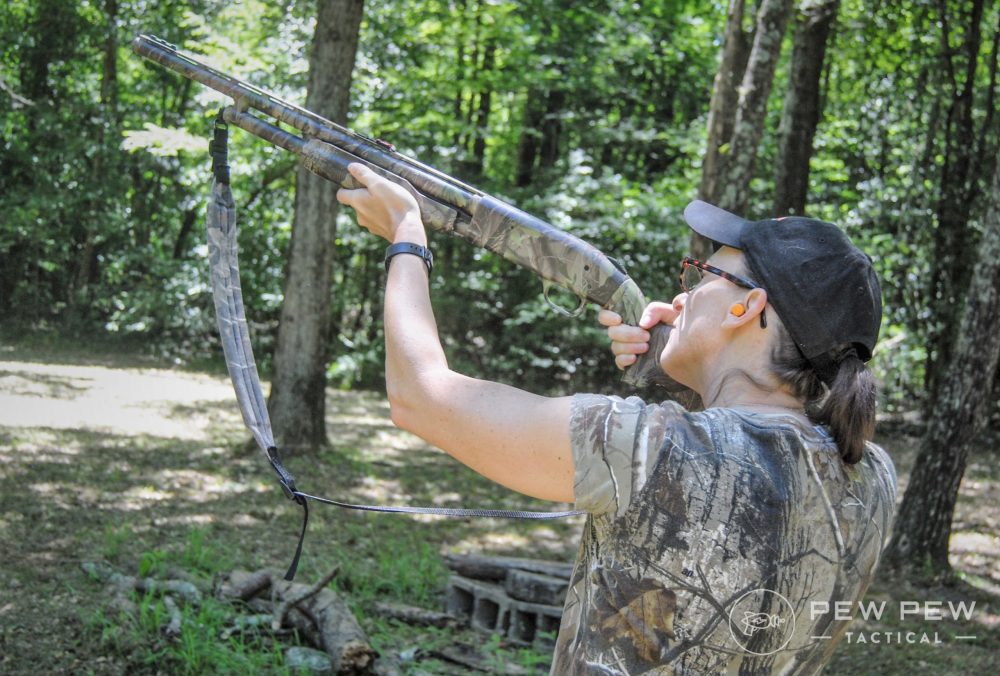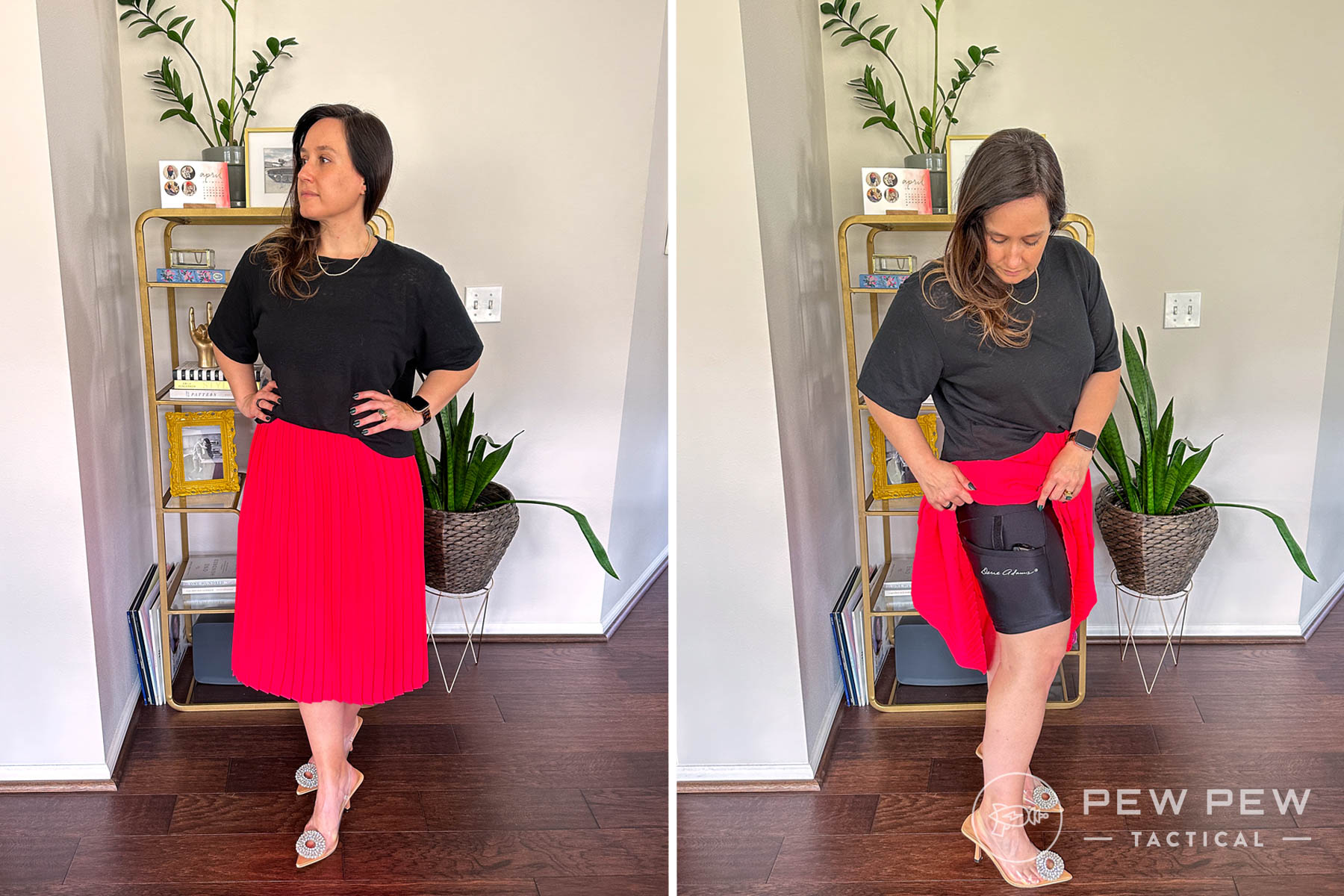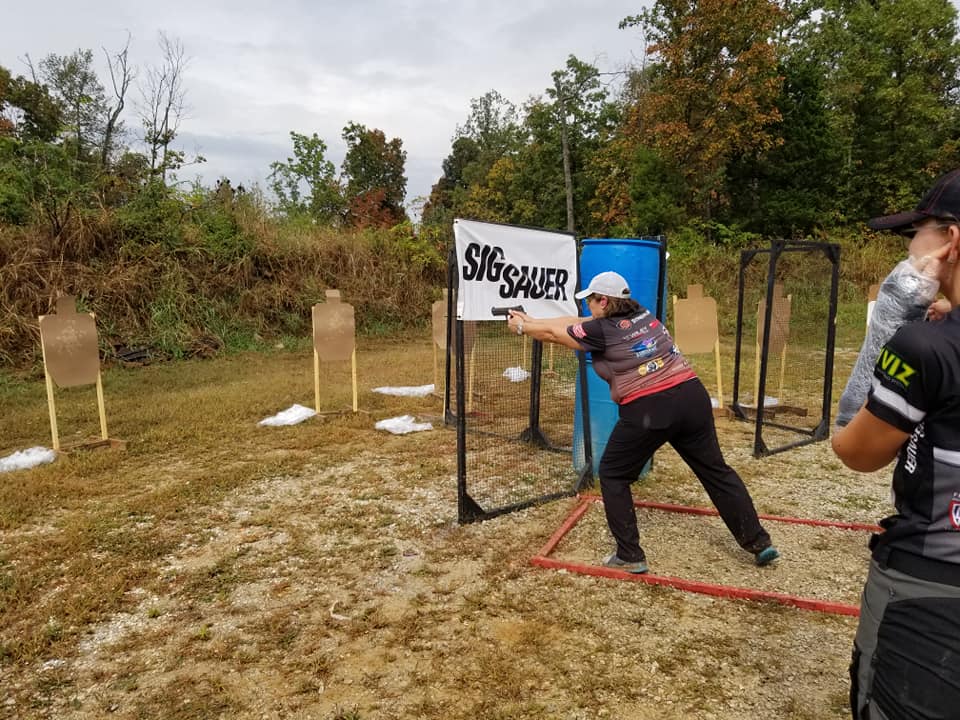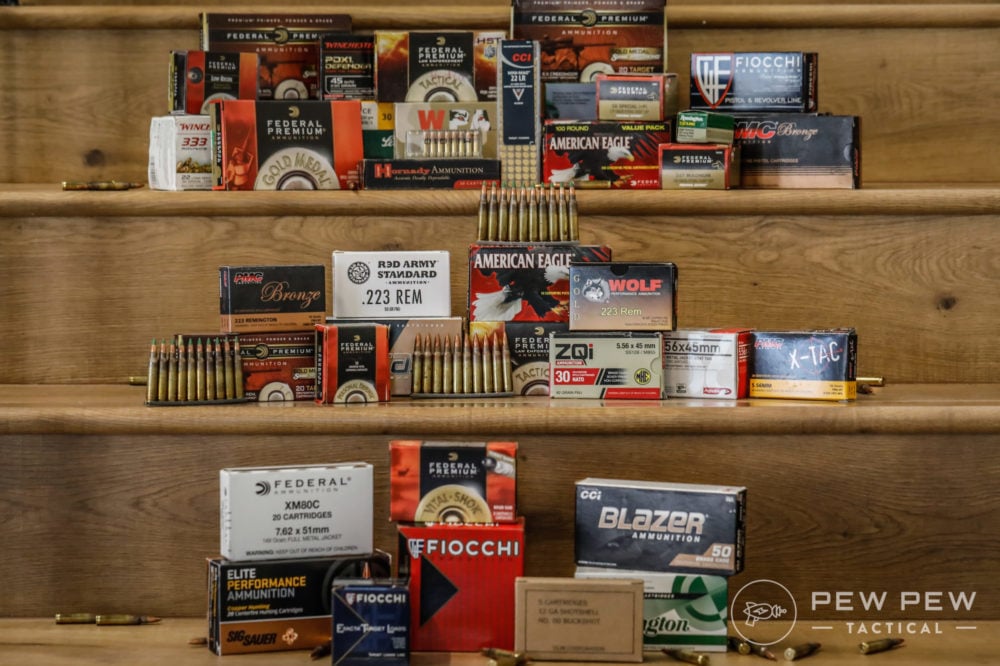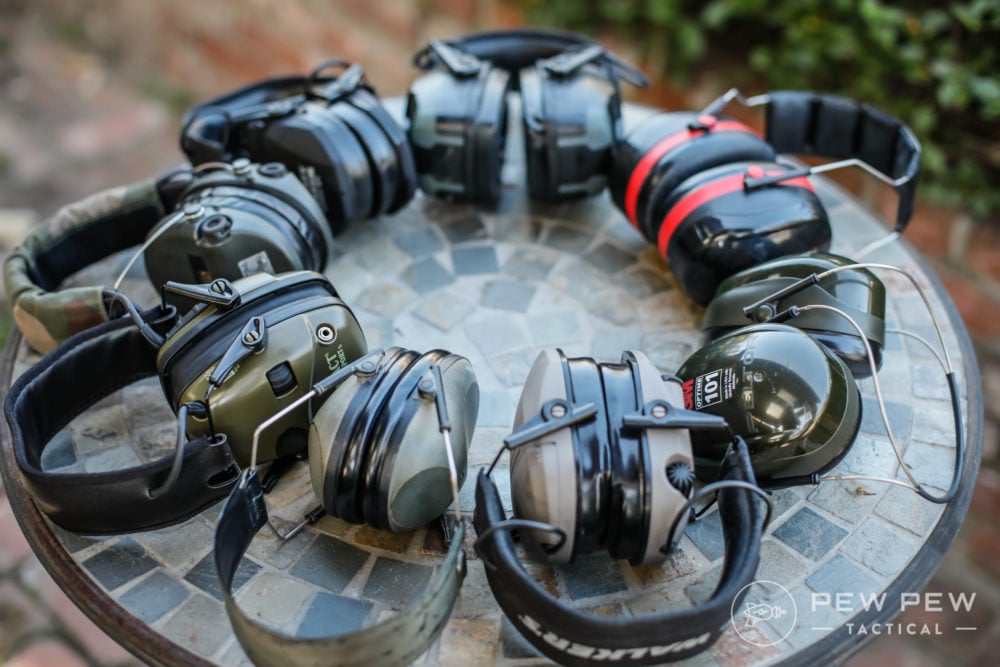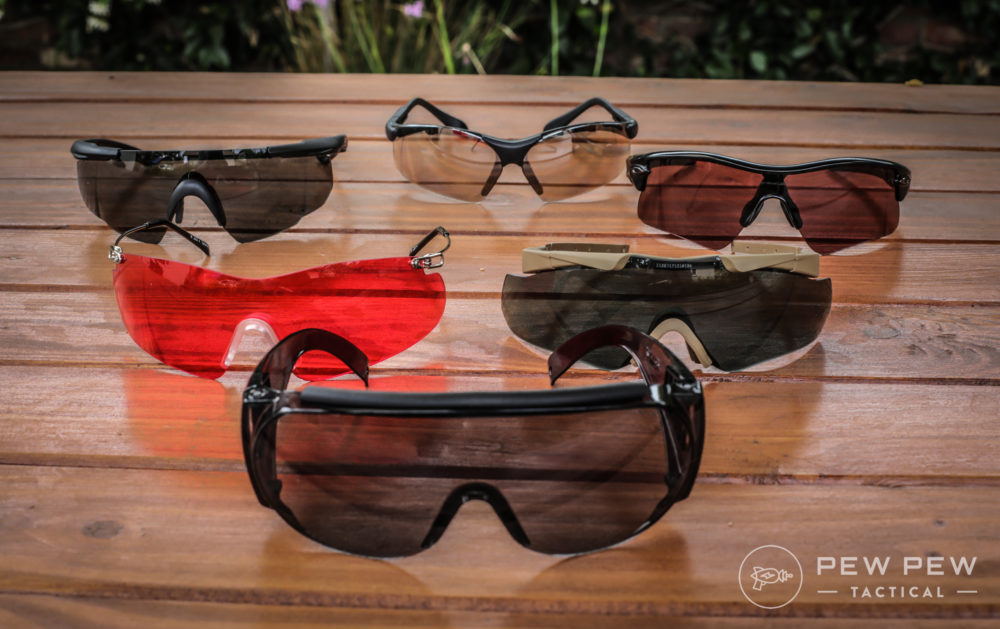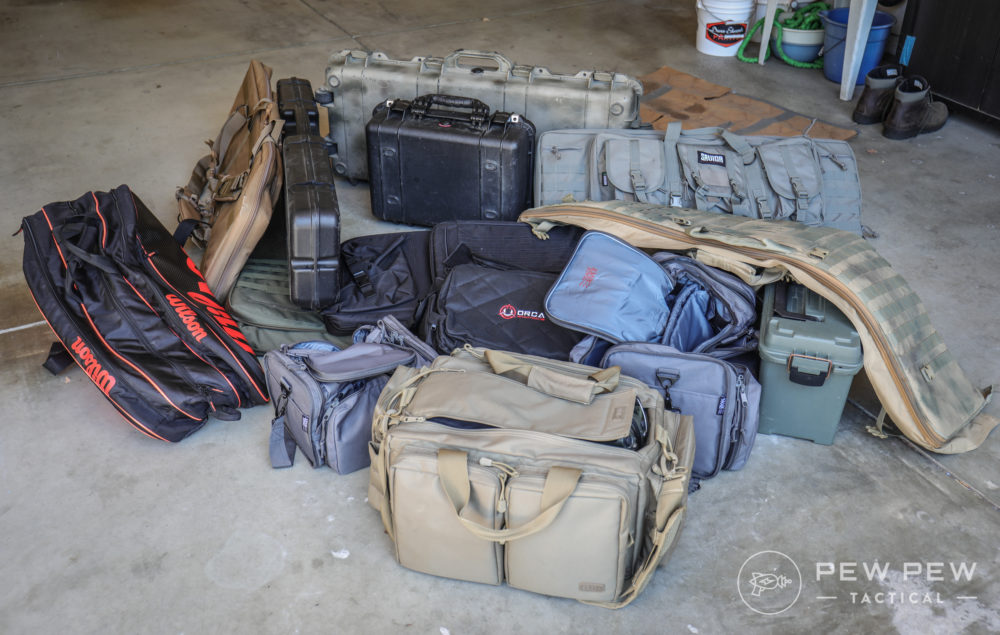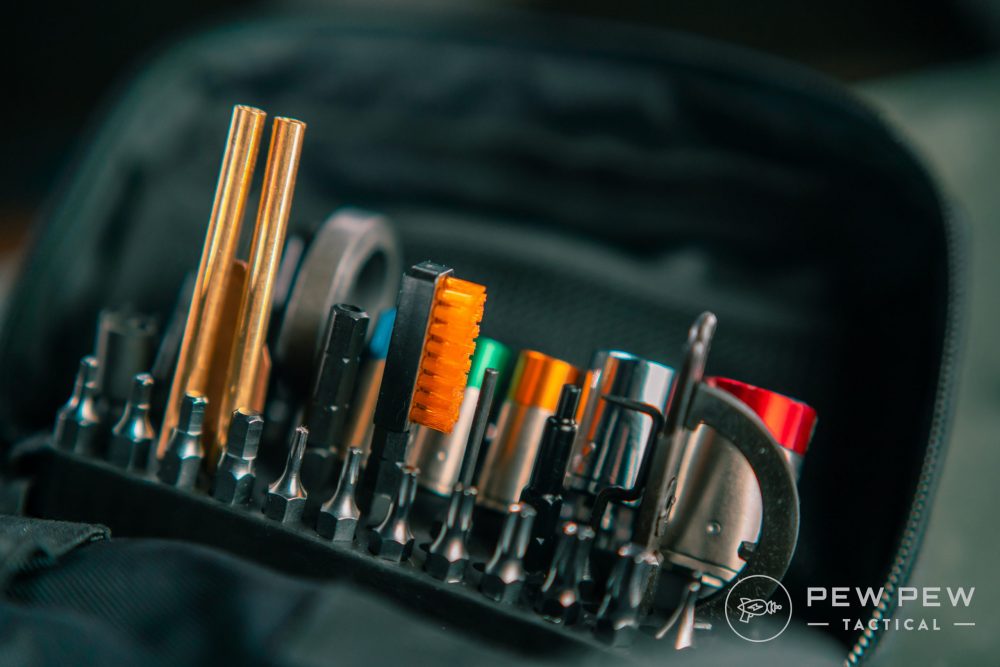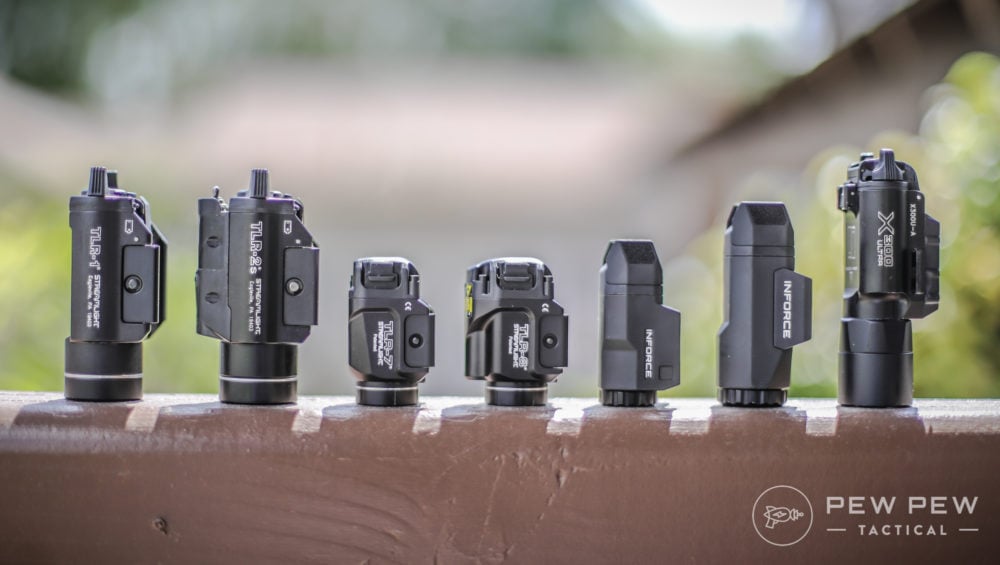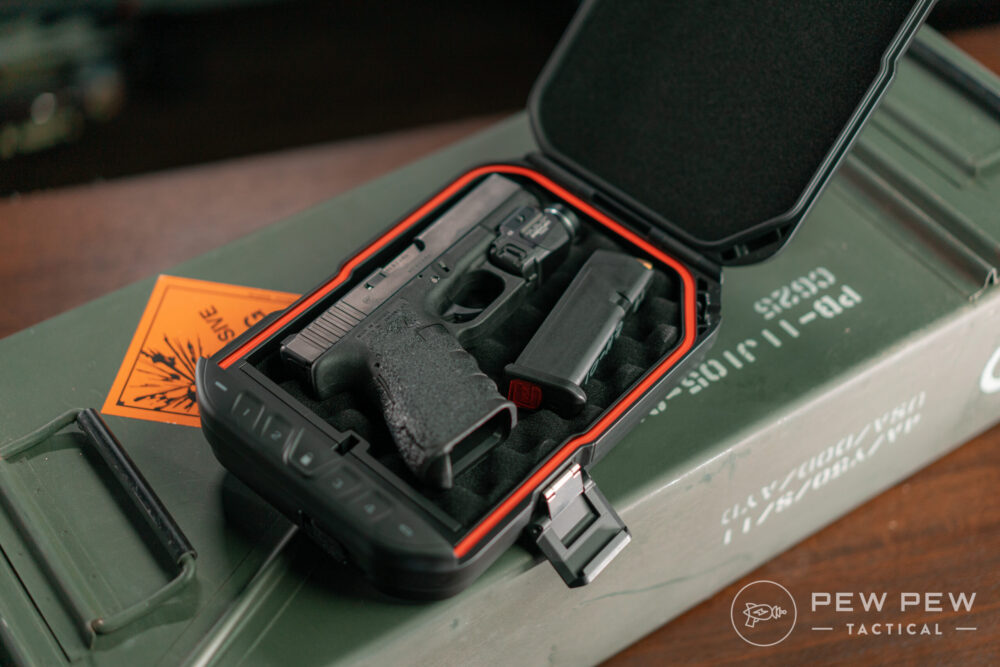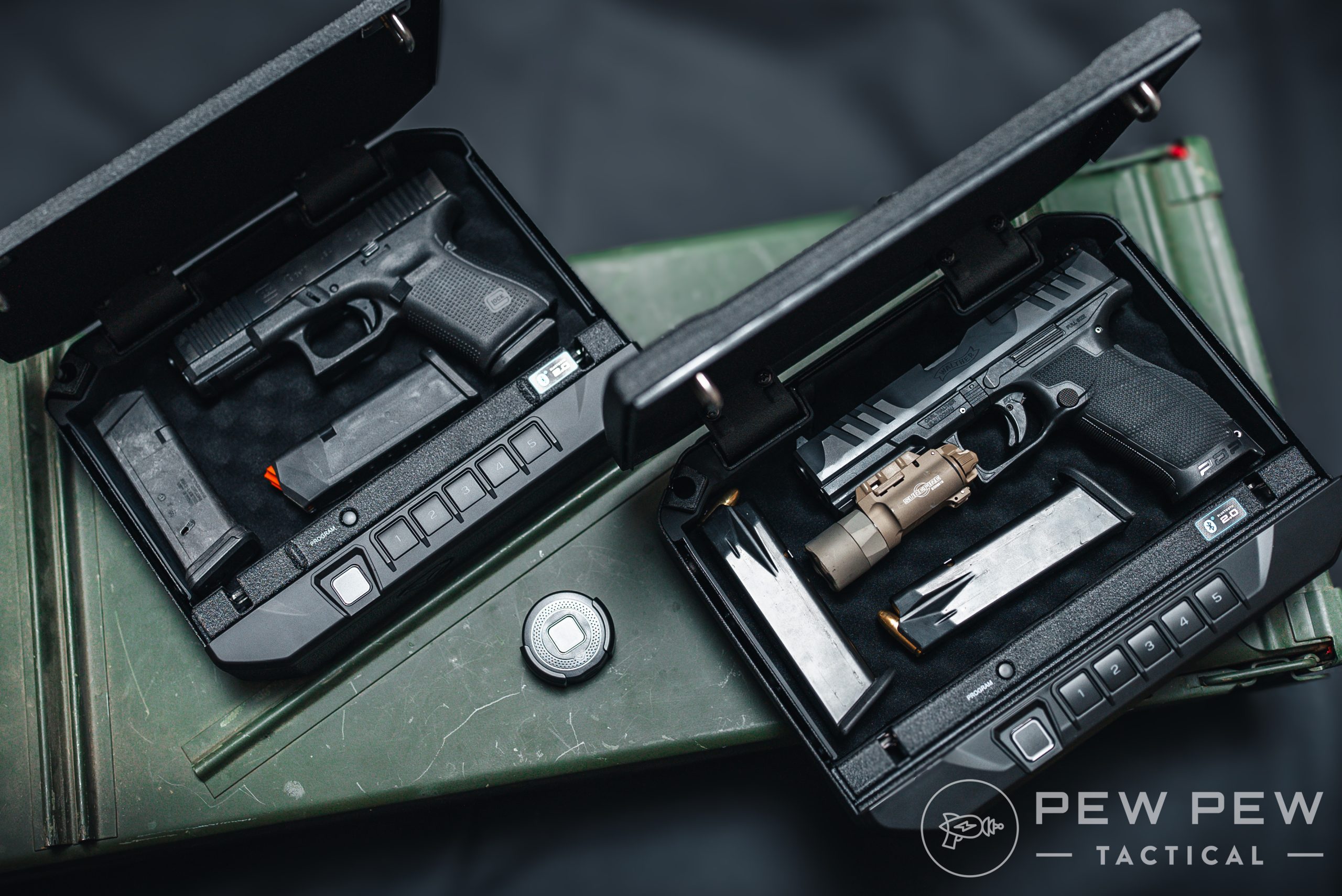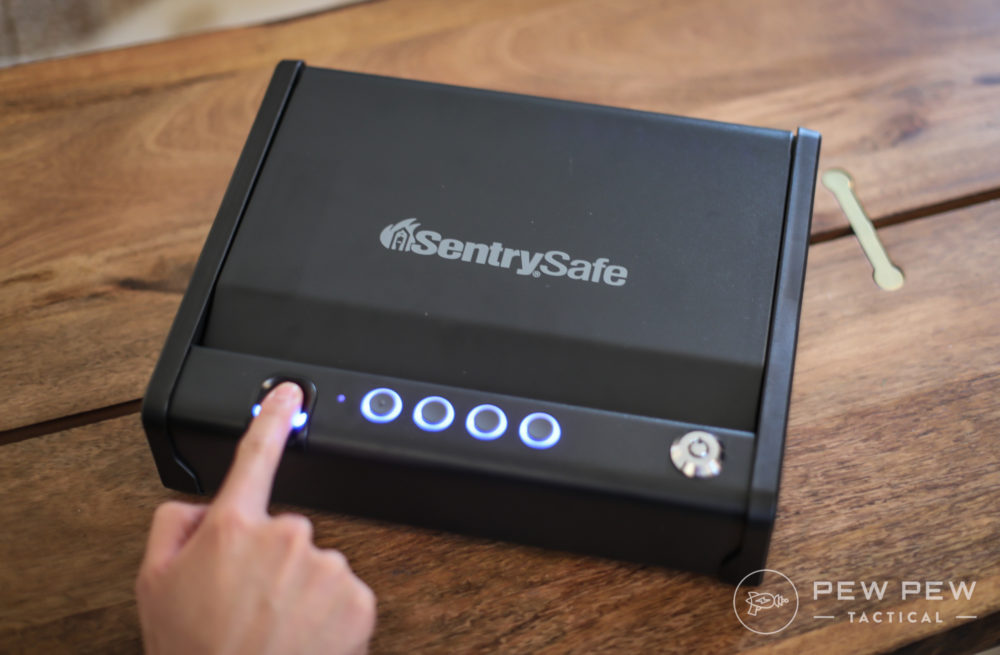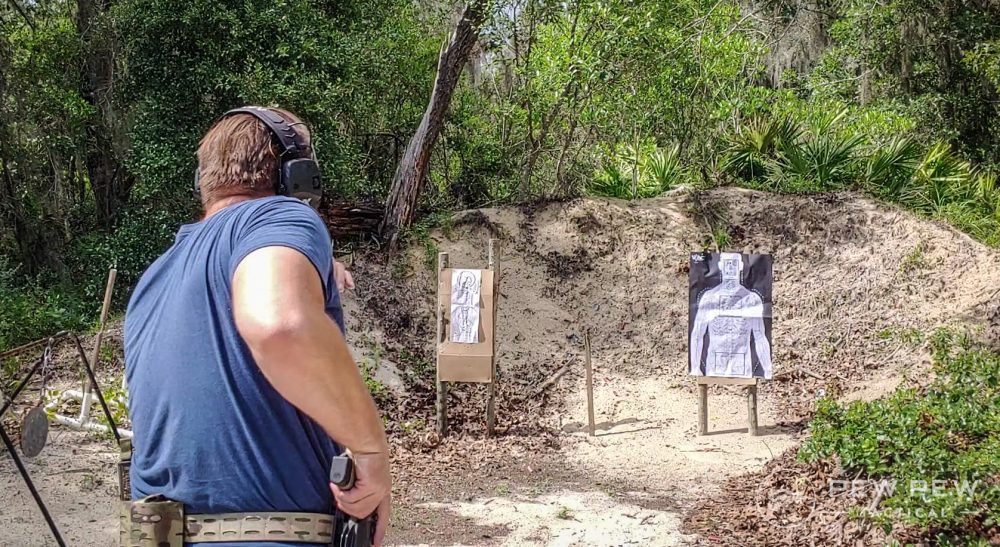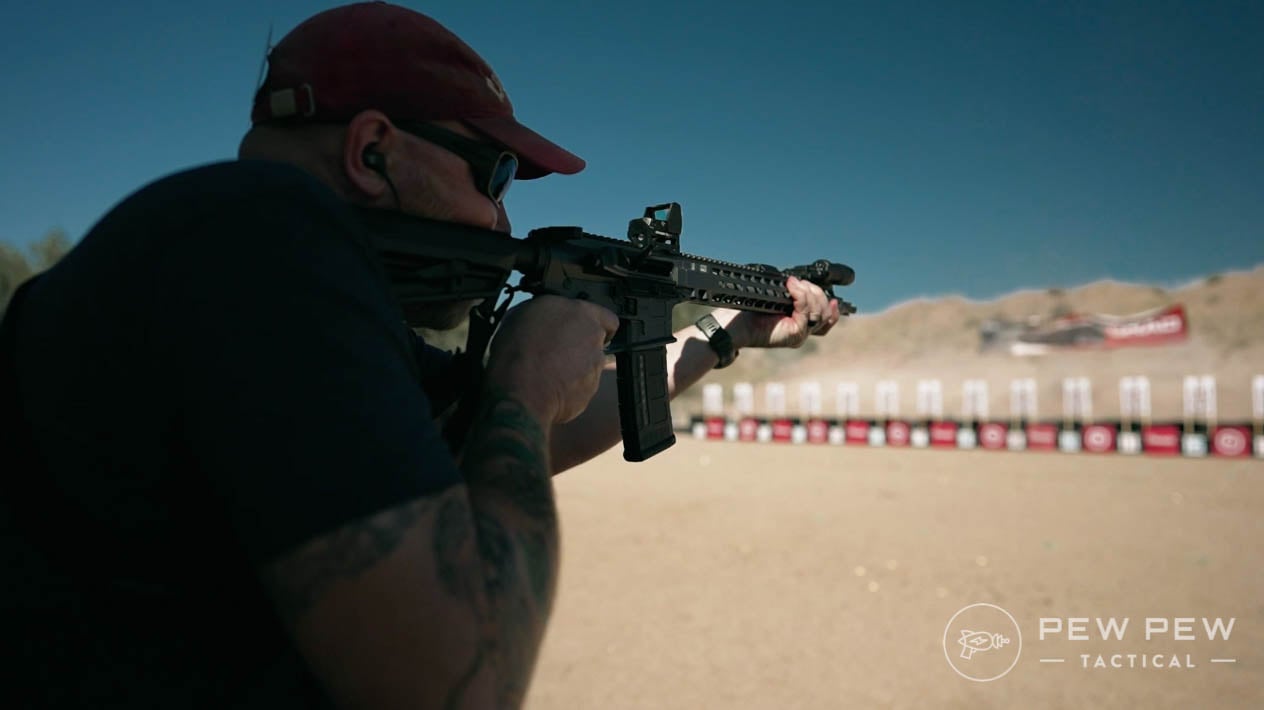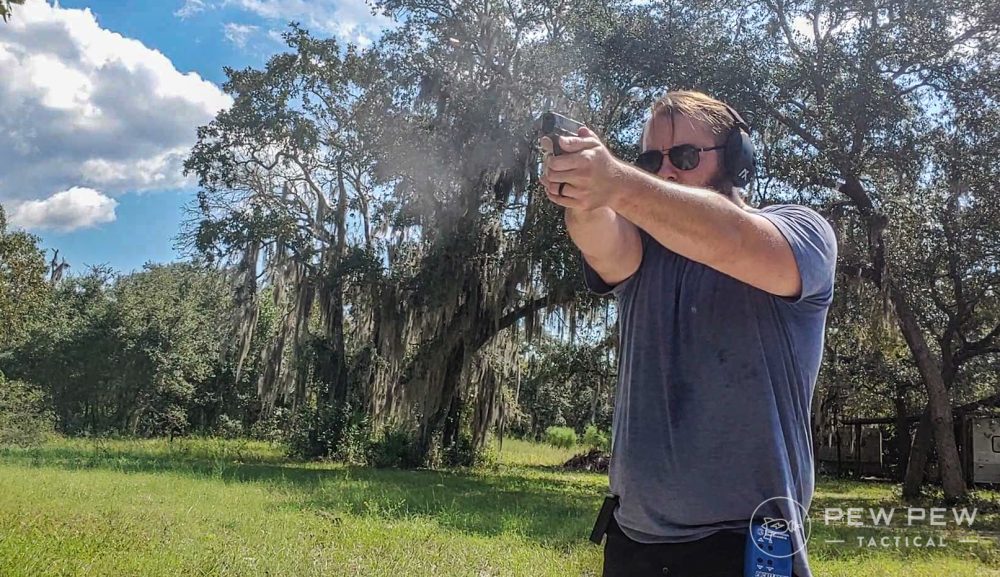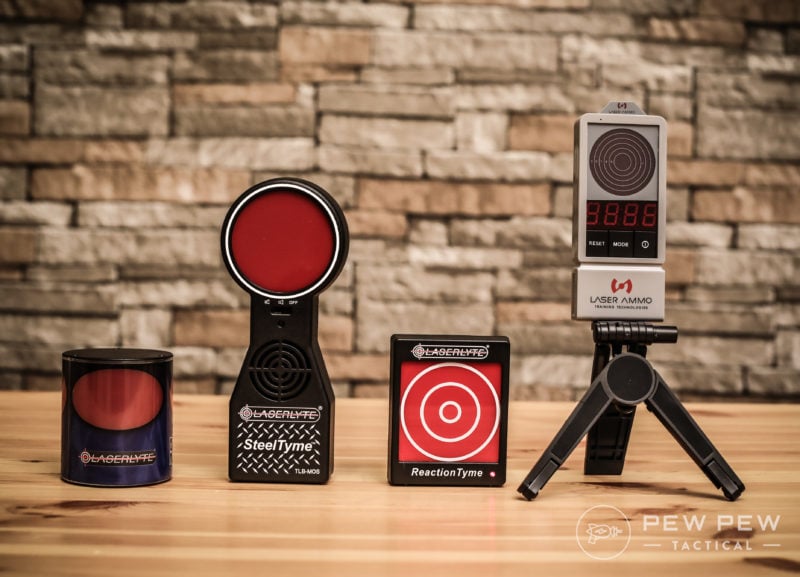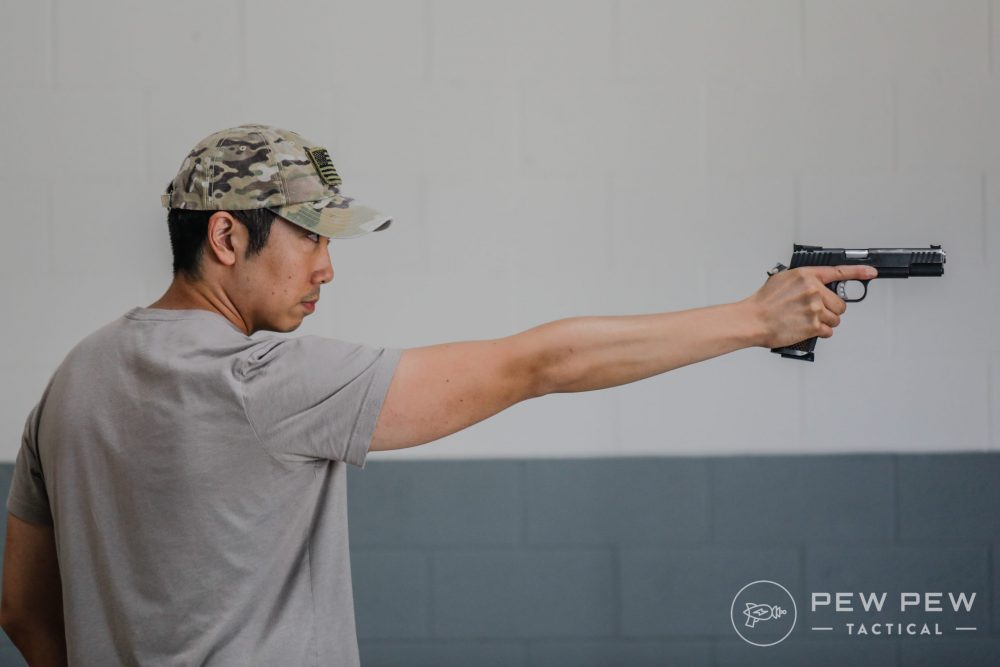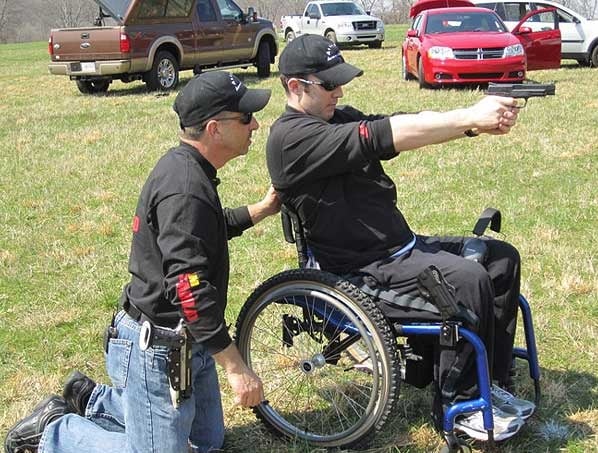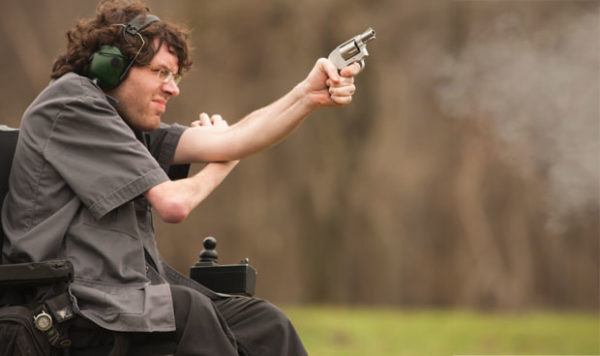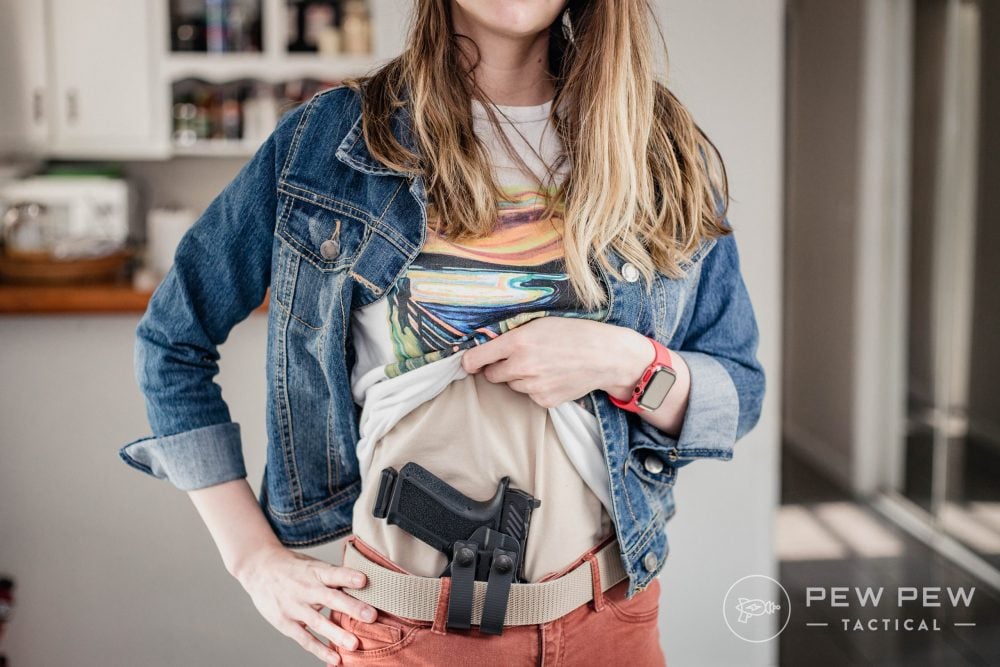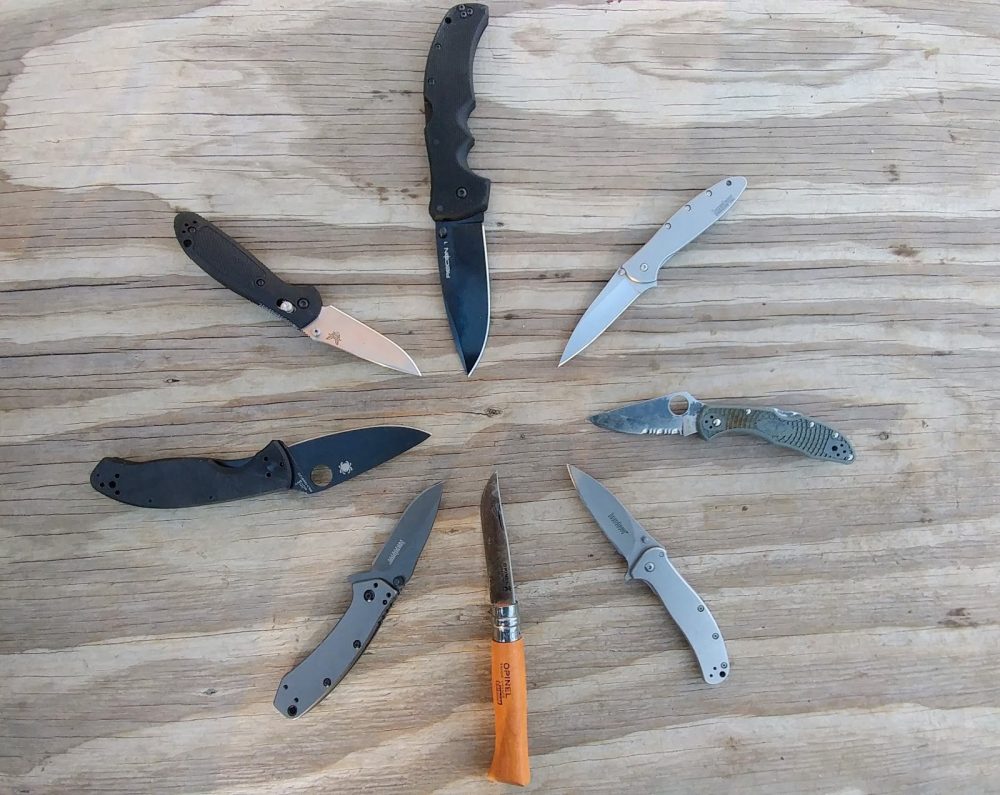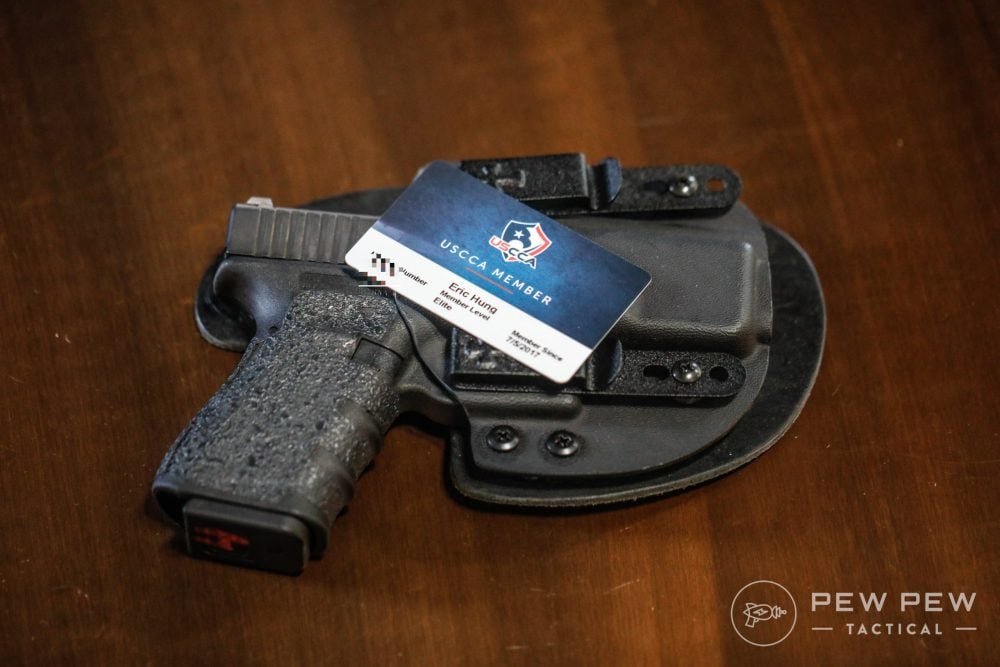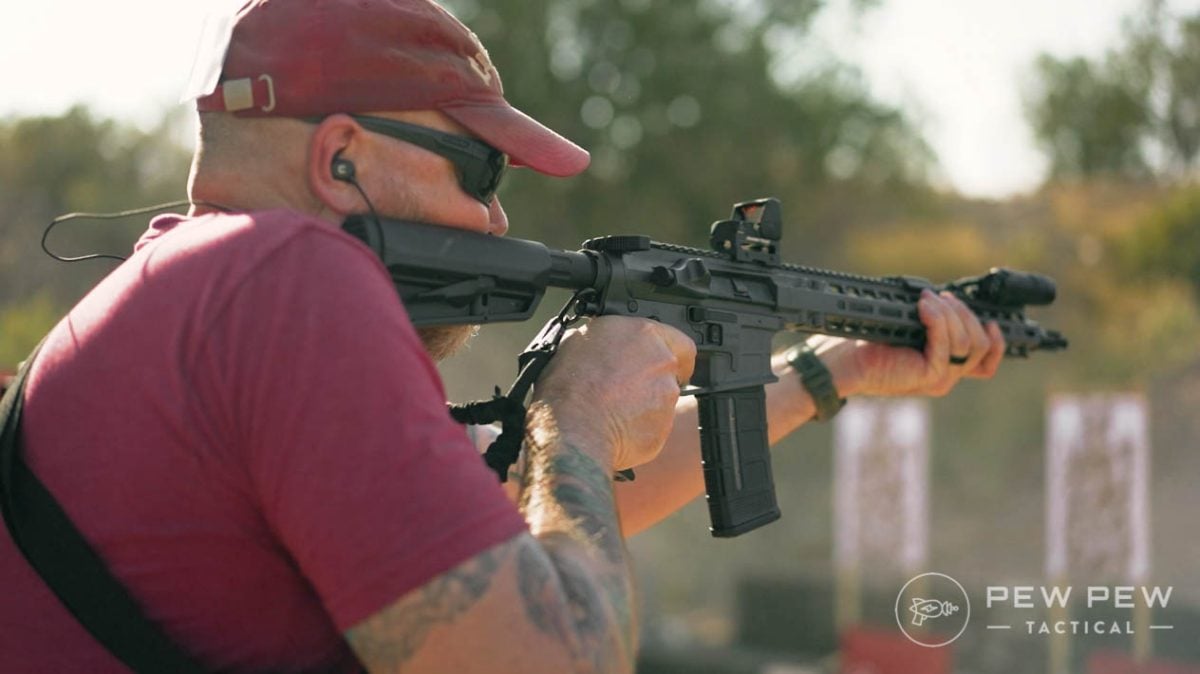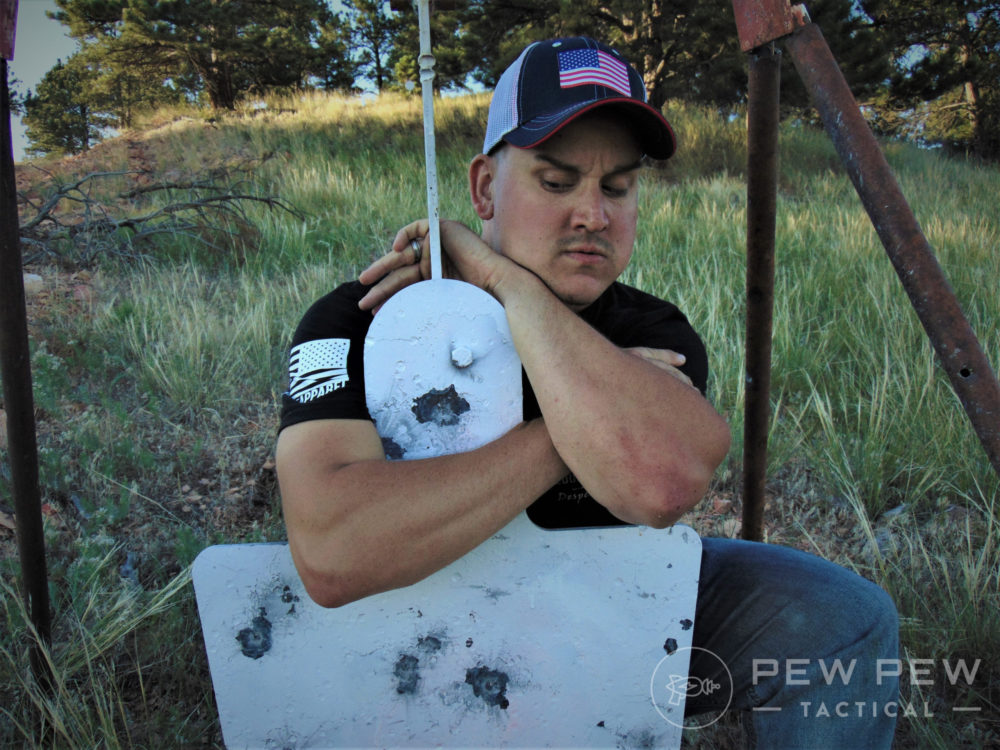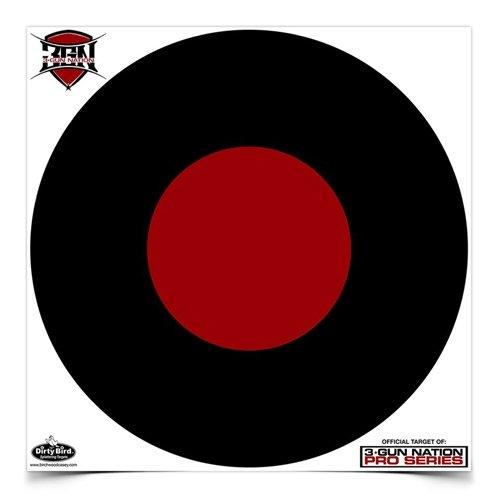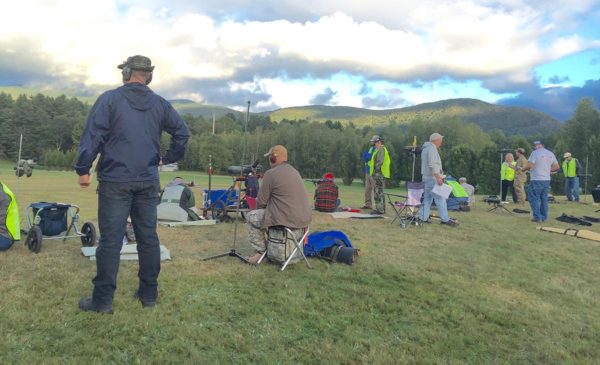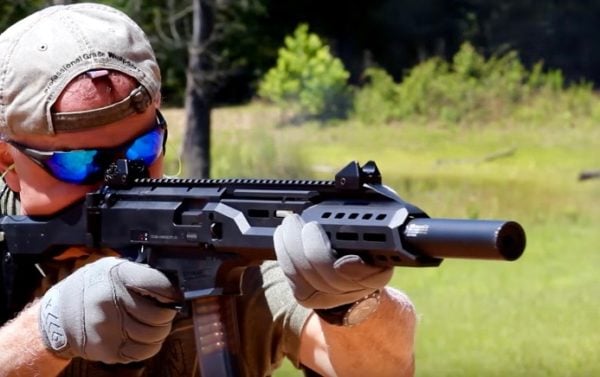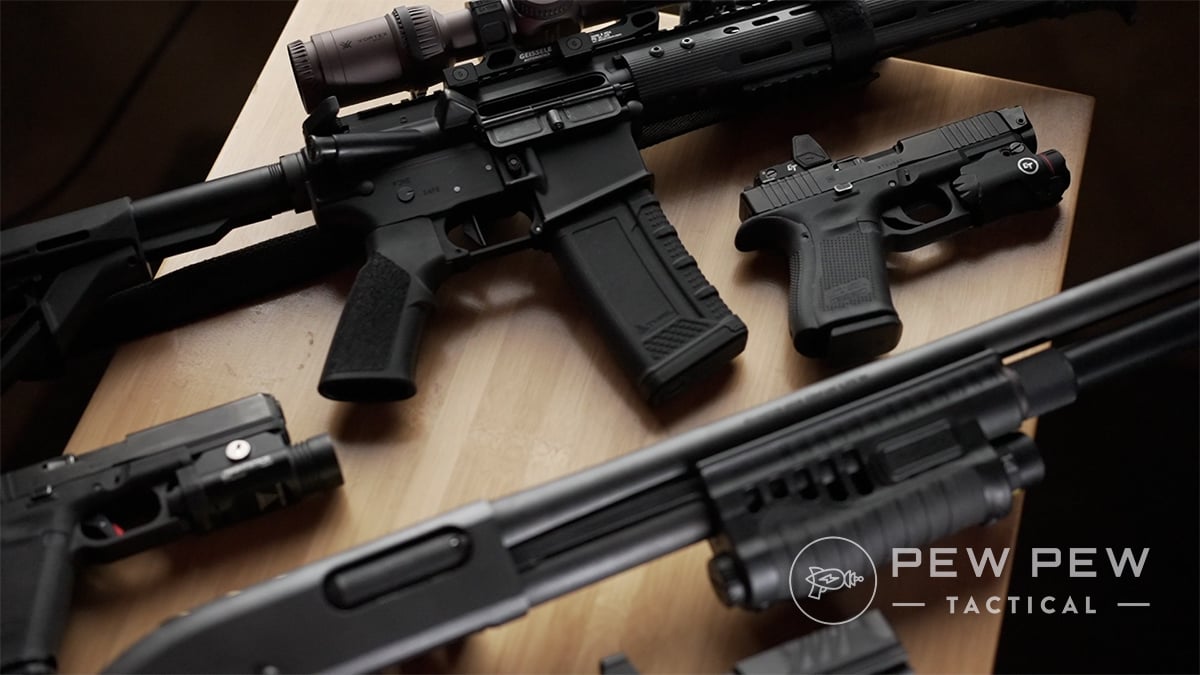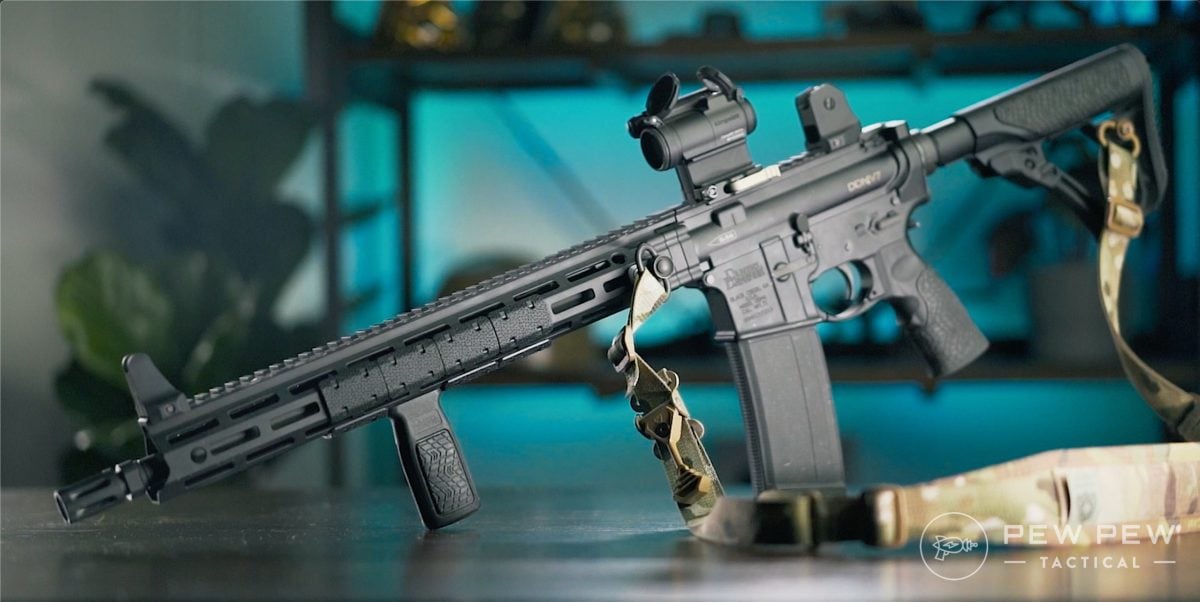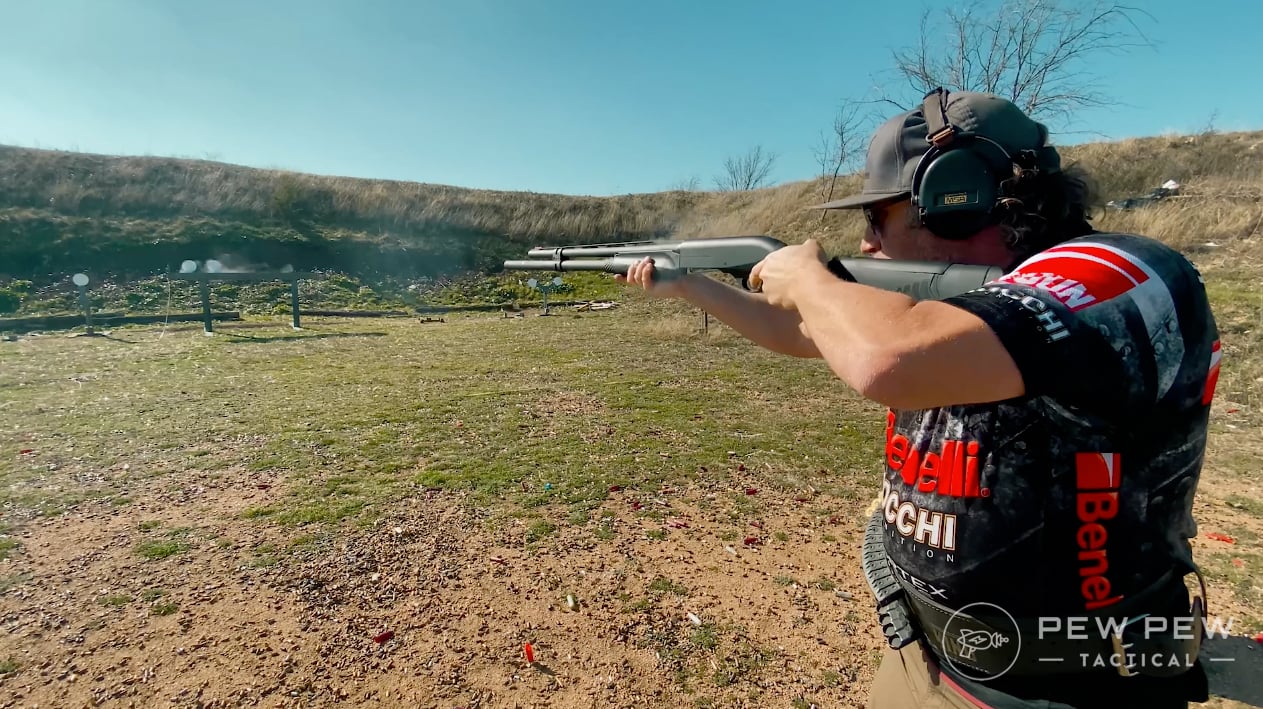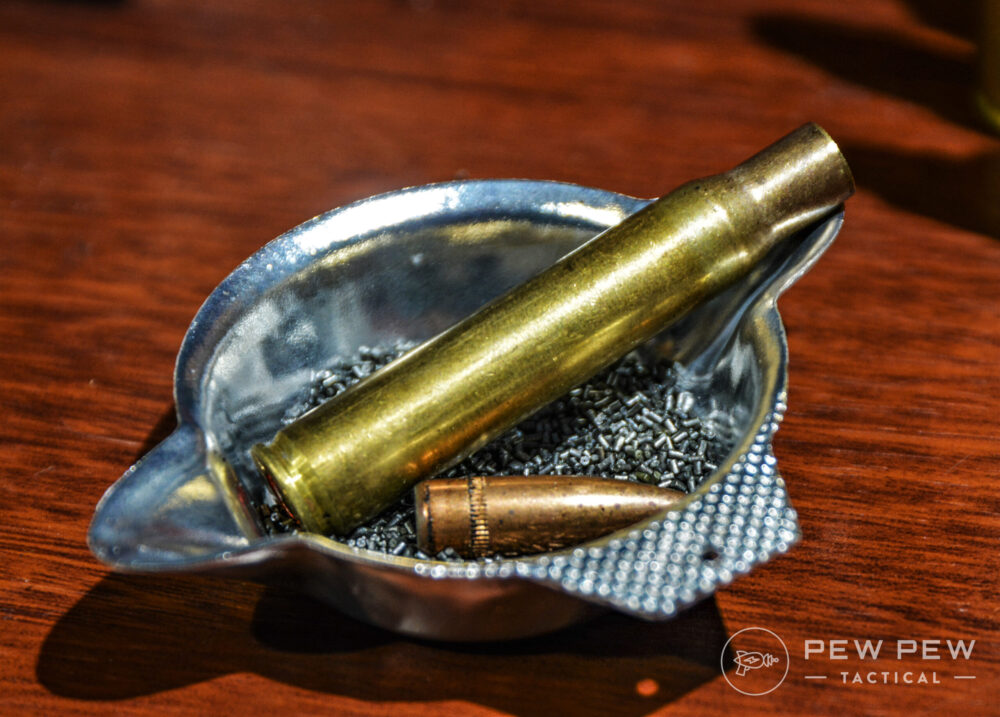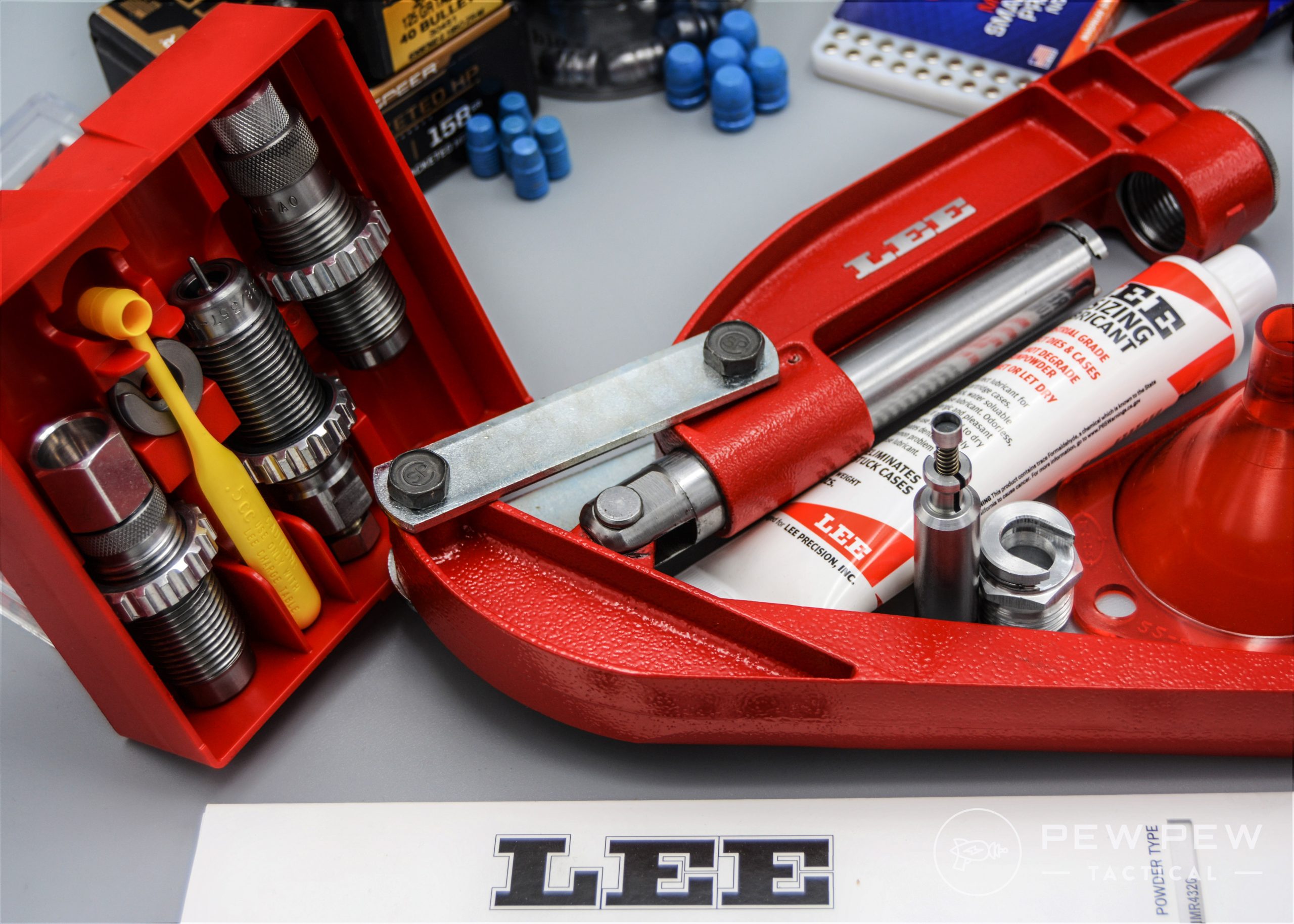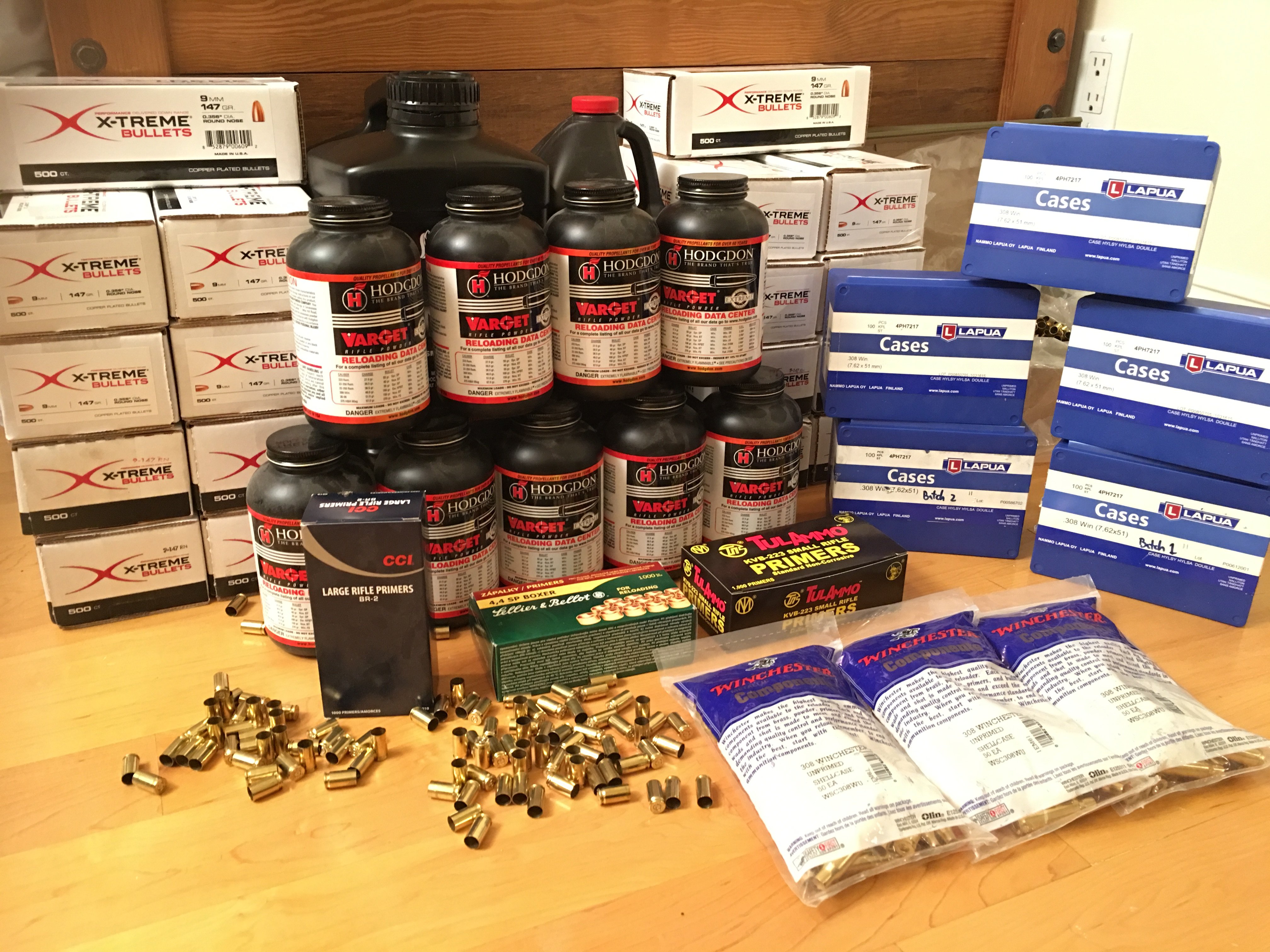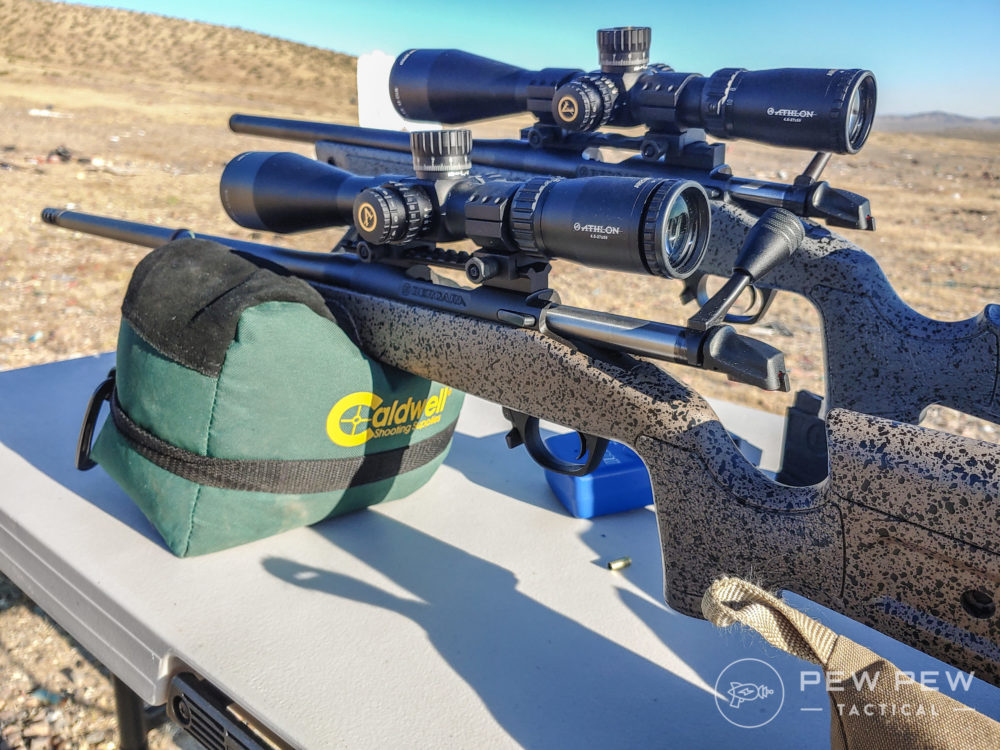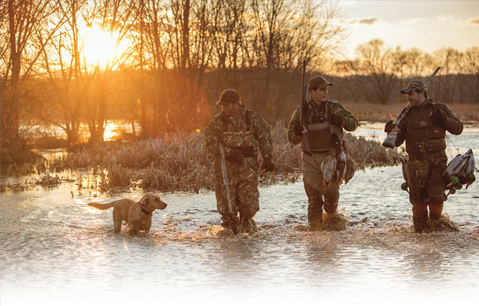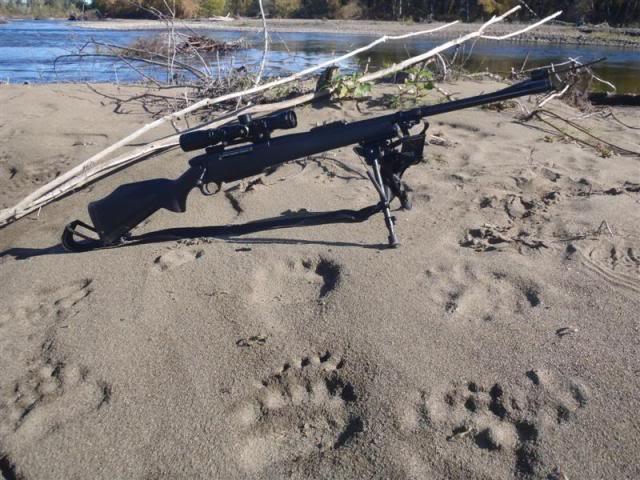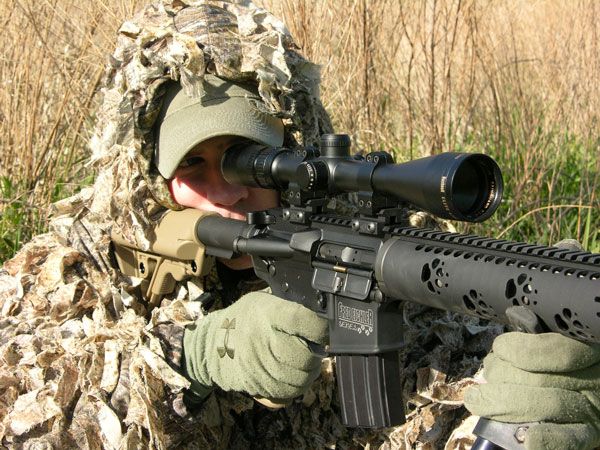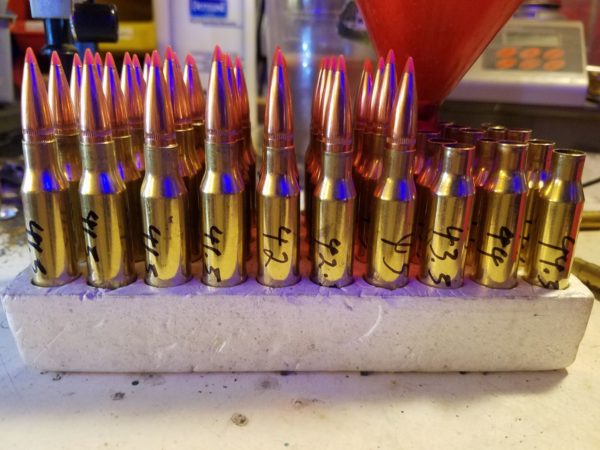Beginner’s Guide to Guns
Firearms education is crucial for beginners. So we’ve come up with the lessons below filled with tons of videos, pictures, and corny jokes. You’ll start off with gun basics like how they work and the different types of guns. Then we’ll dive into the fundamentals of stance, grip, and, trigger pull. Followed by some of our favorite picks across the major gun categories. Finally, we dive into more intermediate topics like additional gear, training techniques, and concealed carry.
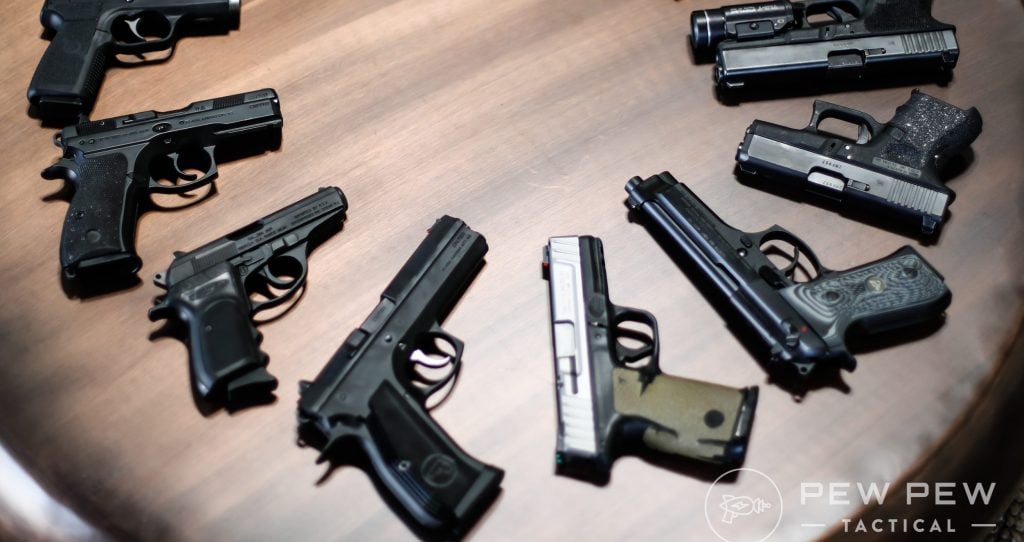
Chapter 1
Introduction to Guns & Safety
The most basic but most important stuff. Please check out the 4 Firearm Safety Rules first. And then learn how guns and bullets work.
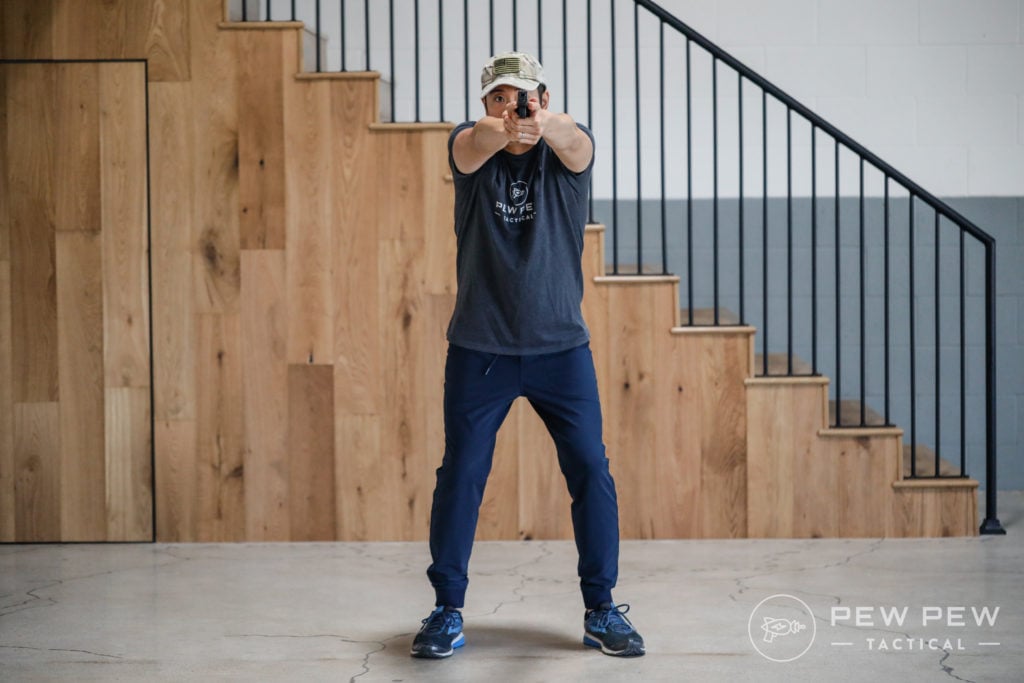
Chapter 2
Shooting Fundamentals
We’ll walk you through the fundamentals of stance, grip, trigger pull, and more so you have a solid foundation for shooting at the range.
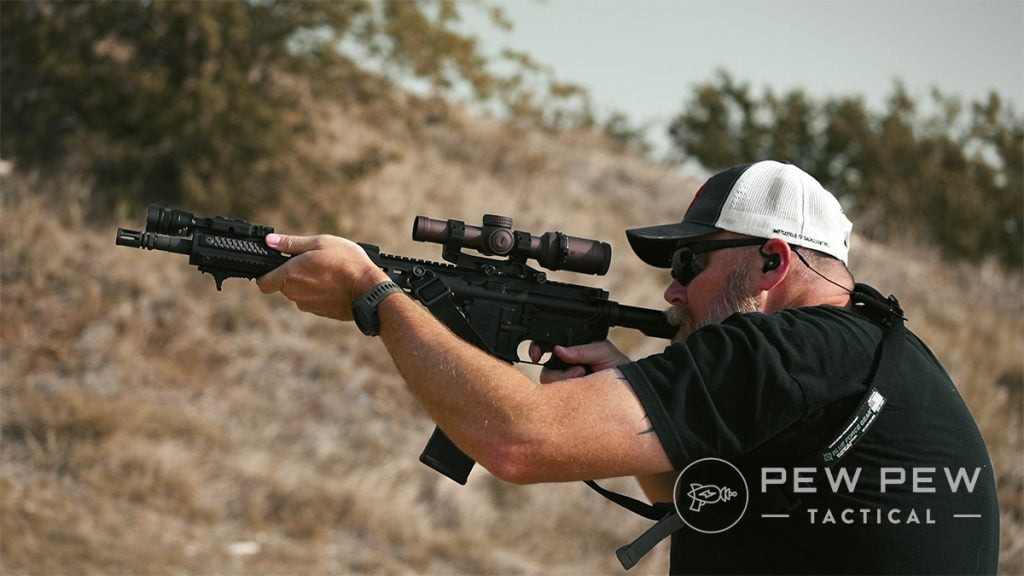
Chapter 3
How to Shoot a Gun
Chances are you’ll probably head to the shooting range first before deciding on a gun. We’ll start with what to expect and then how to shoot the most common types of firearms out there.
-
Shooting Range Basics
-
How to Shoot Different Guns
-
How to Shoot Better
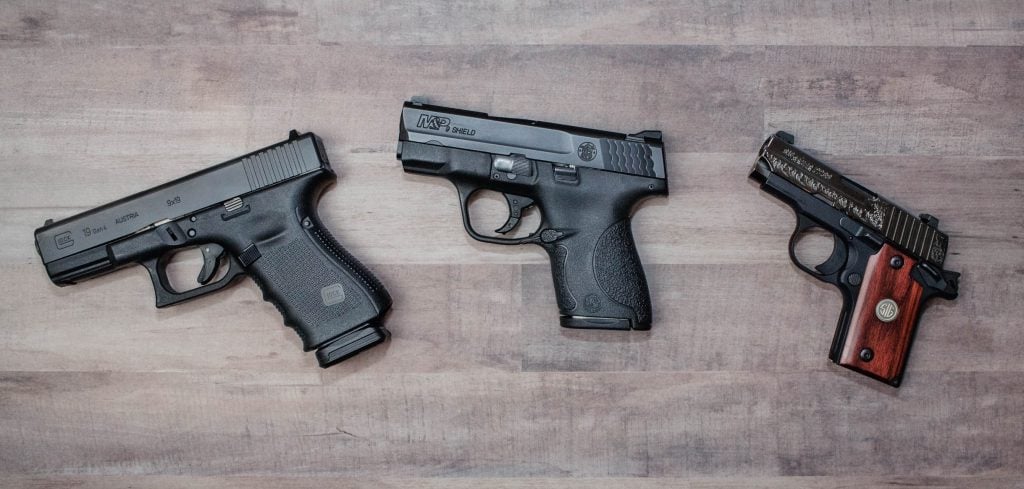
Chapter 4
Recommended Firearms
Now that you’ve shot some guns, we’ll walk you through some of our favorite beginner firearms by type of gun. We also dive into concealed carry and some recommendations for women (by women).
-
Gun Recommendations By Type
-
Concealed Carry
-
Women Specific Recommendations
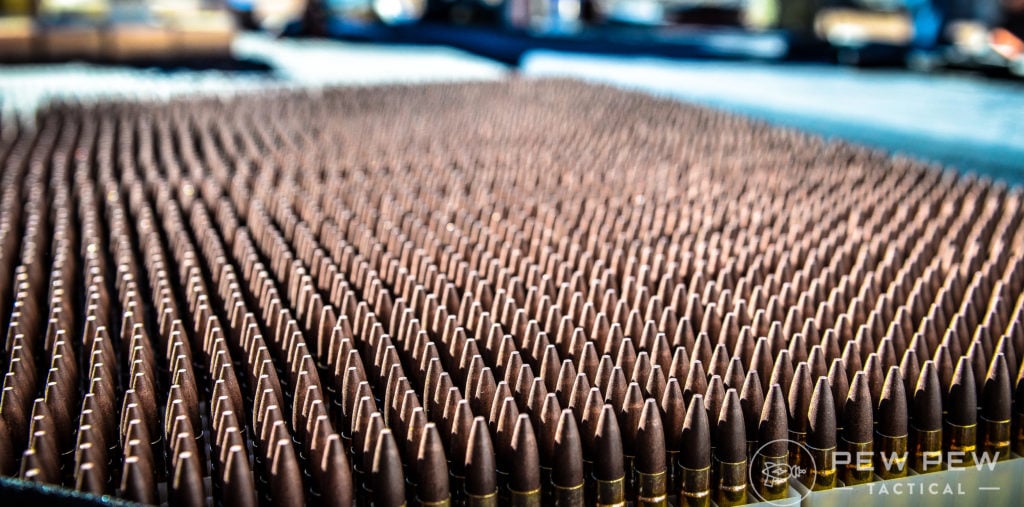
Chapter 5
Ammo, Tools, & Gear
All the stuff you’ll need to clean, shoot, and have a safe/fun time at the range and at home. Find out more specific info in our DIY Gunsmithing and Gun & Gear Reviews sections.
-
Ammo
-
Shooting Essentials
-
Safety
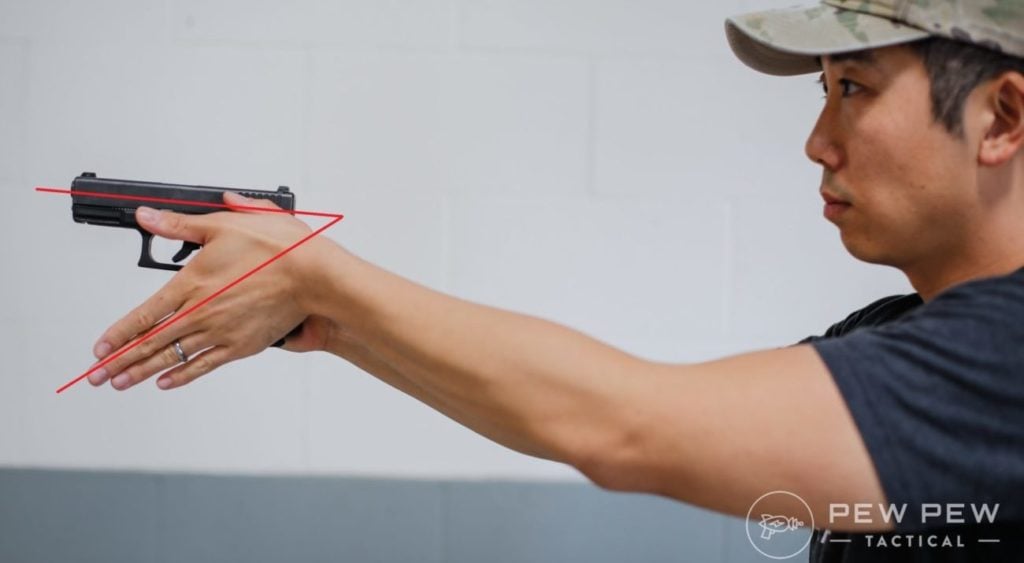
Chapter 6
Shooting Better
Once you’ve got the basics down, we’ll help you shoot better groups at a faster pace.
-
General
-
Pistol Shooting
-
Disabled Shooting
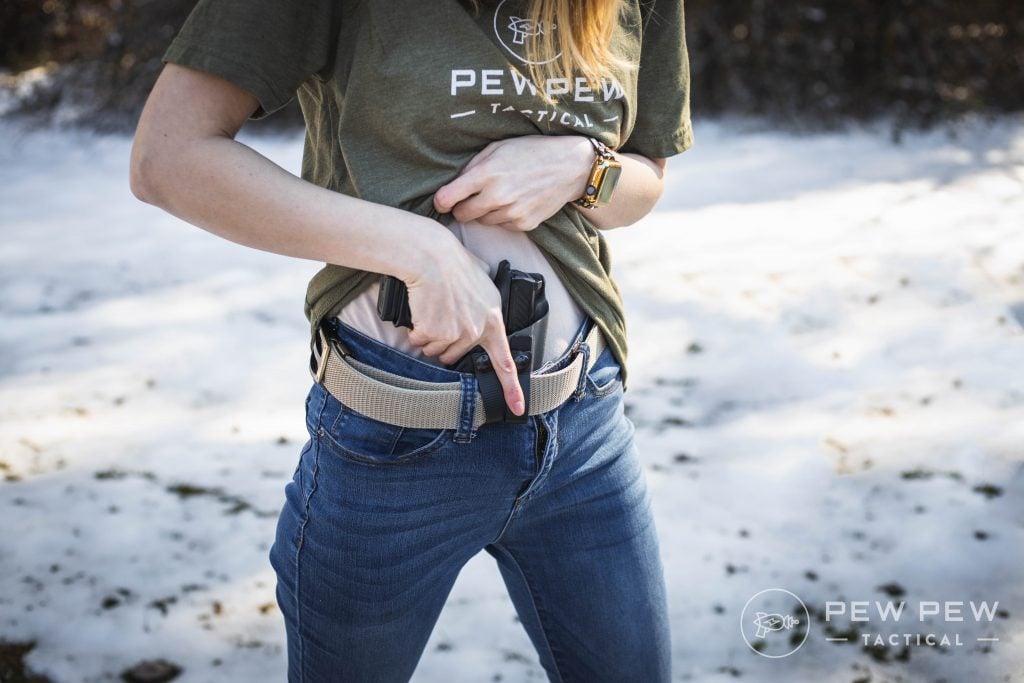
Chapter 7
Concealed Carry
Looking to concealed carry? We have a dedicated Ultimate Guide for it. But here are our top articles covering our favorite concealed carry pistols, gear, mindset, and legalities.
-
Concealed Carry Gun Reviews
-
Concealed Carry Gear
-
Mindset
-
Concealed Carry Insurance
-
Legalities
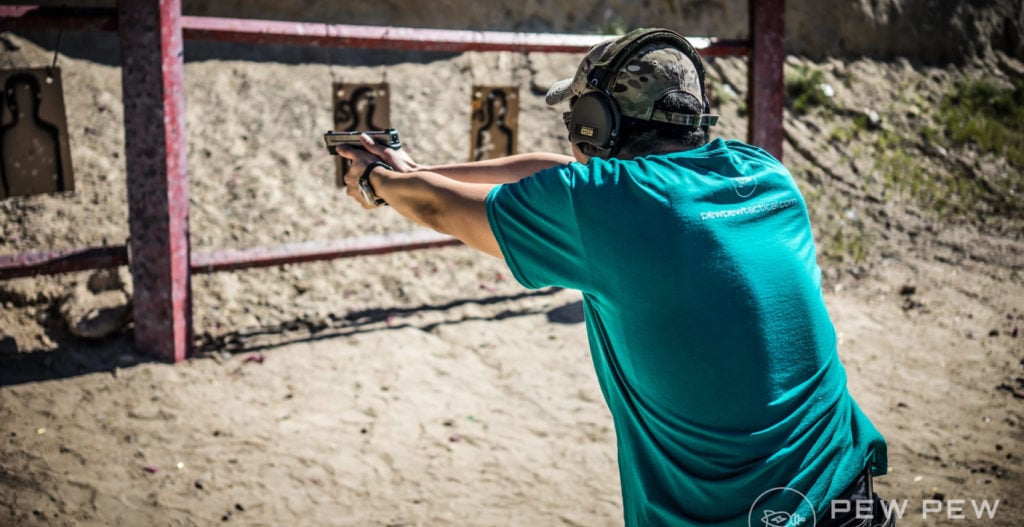
Chapter 8
Competitive Shooting
Tired of shooting at static targets at the range? How about some running and gunning with some fast-paced shooting competitions? We’ve got you covered from an overview of different types of competitions to the essential gear you’ll need to rank highly.
-
Shooting Competitions Overview
-
Guns & Gear for Competitive Shooting
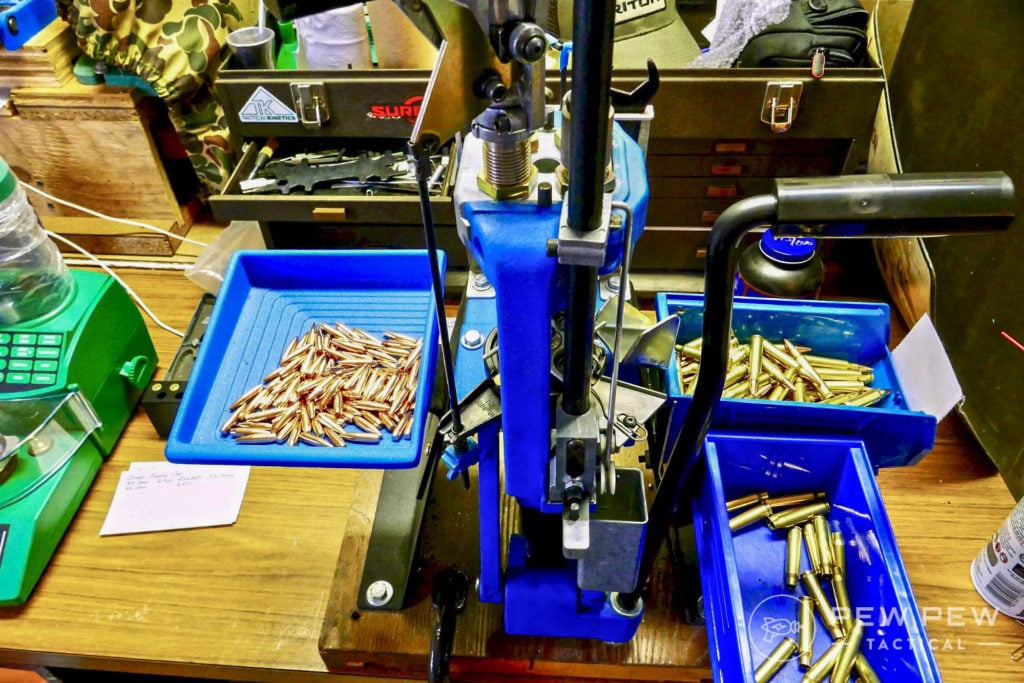
Chapter 9
Reloading
We cover everything about reloading your own ammunition in our Ammo & Reloading section, but these quick guides will give you a glimpse into what it takes.
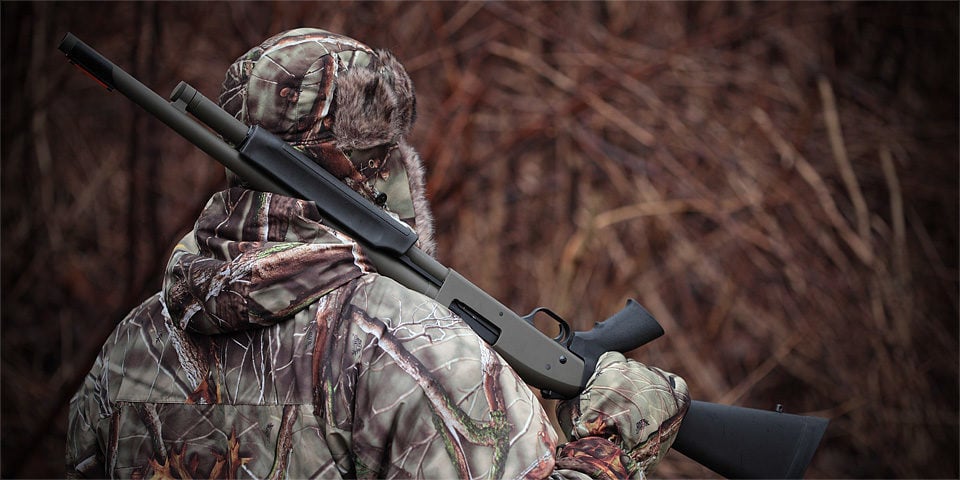
Chapter 10
Hunting
Everything to get started hunting…from where to hunt to the best hunting firearms and how to build up the perfect hunting load.
-
Hunting Firearms
-
Hunting Ammo

